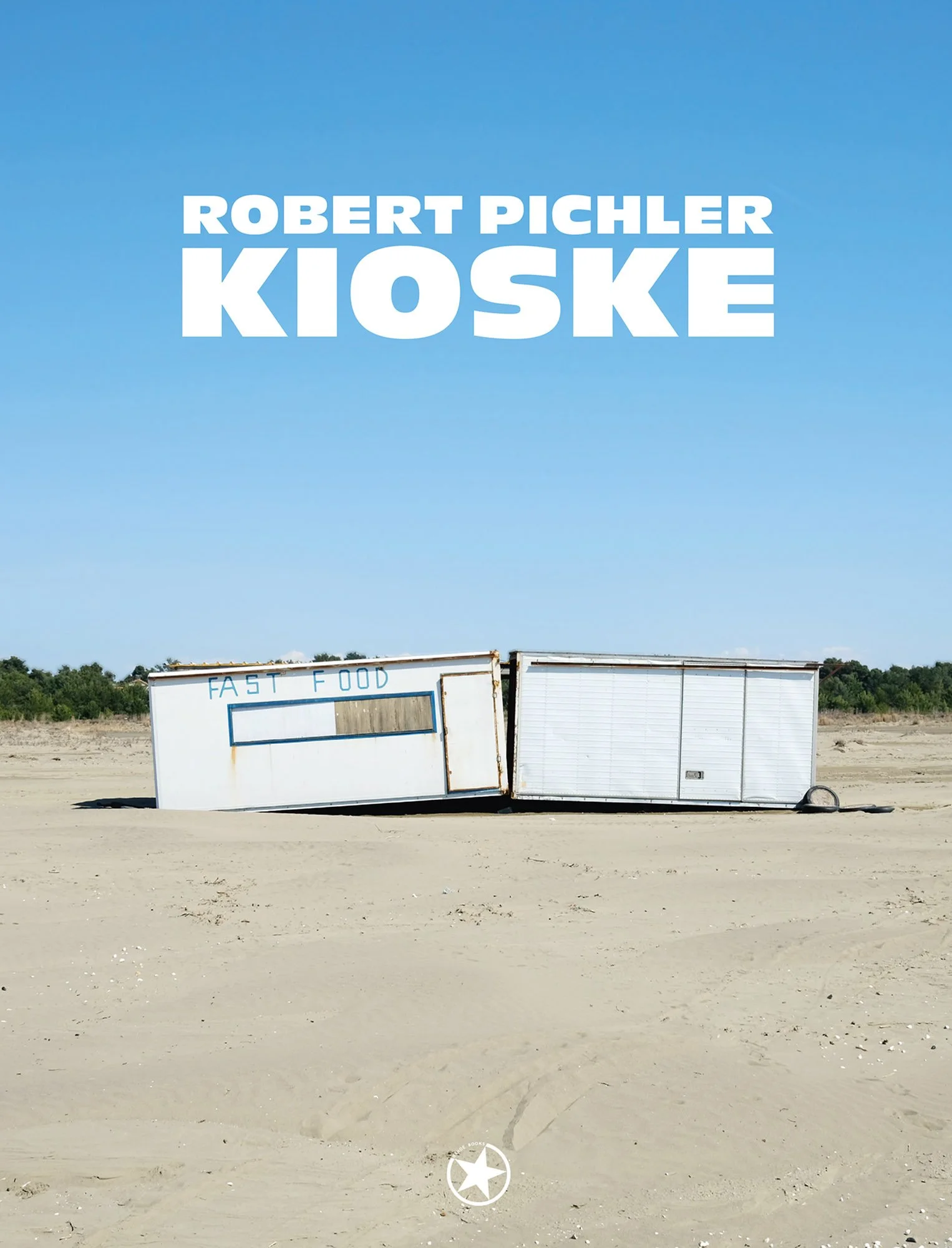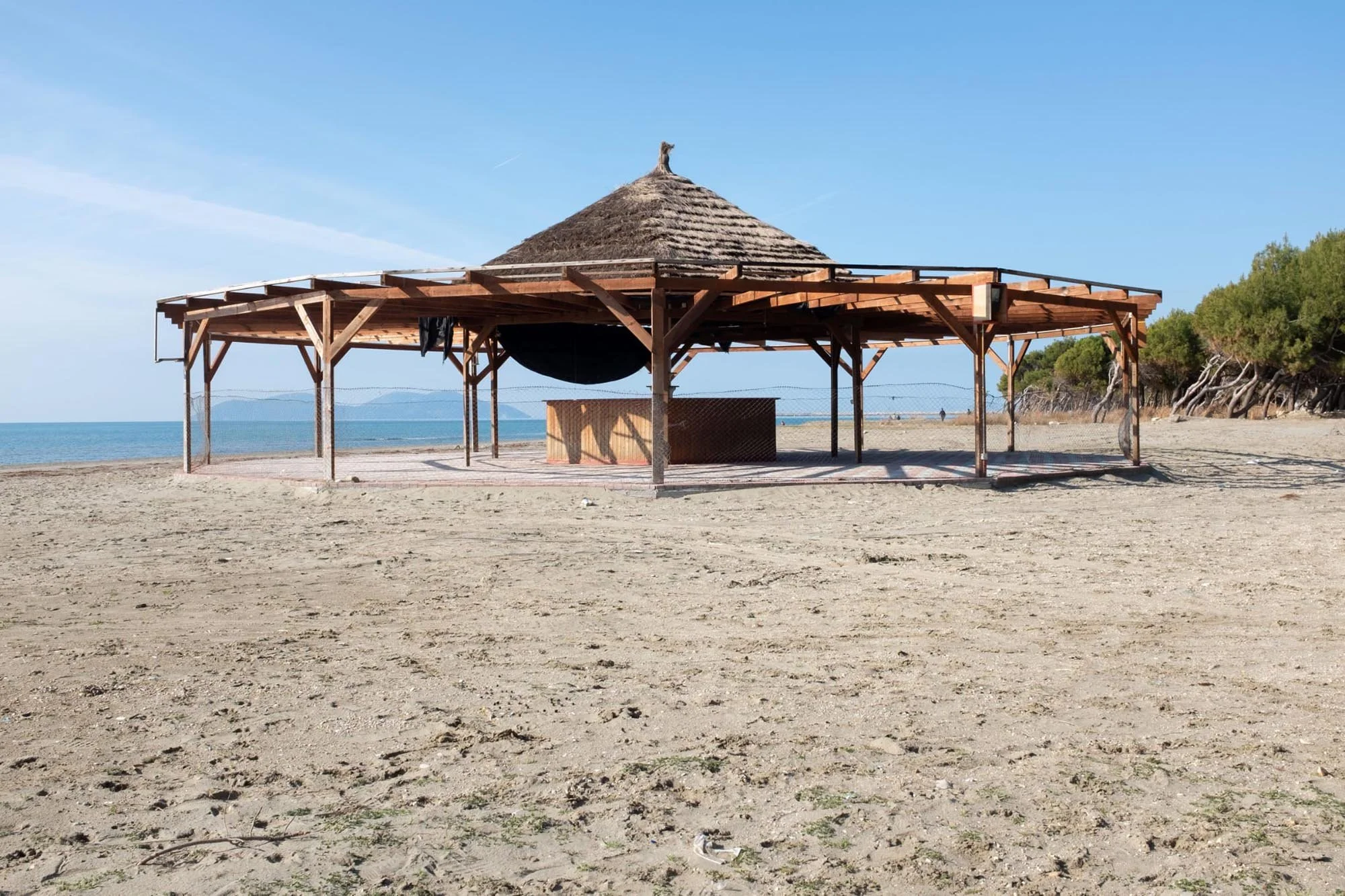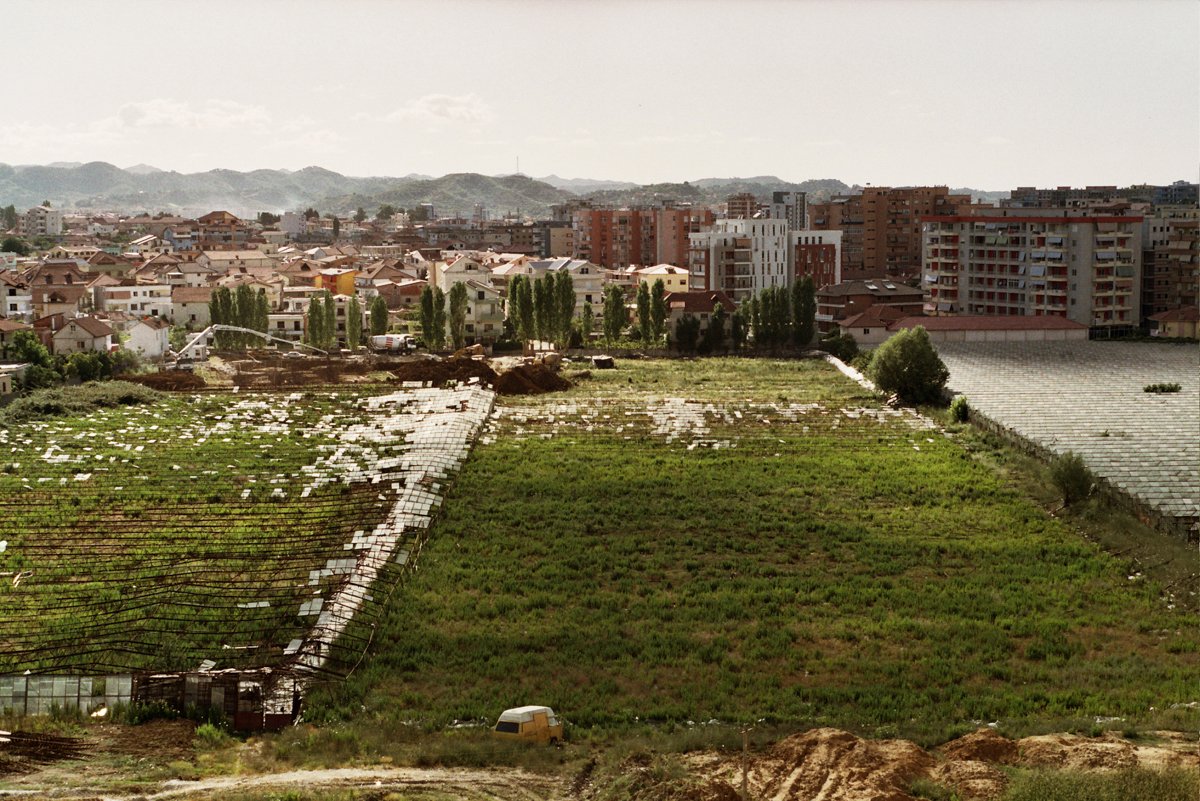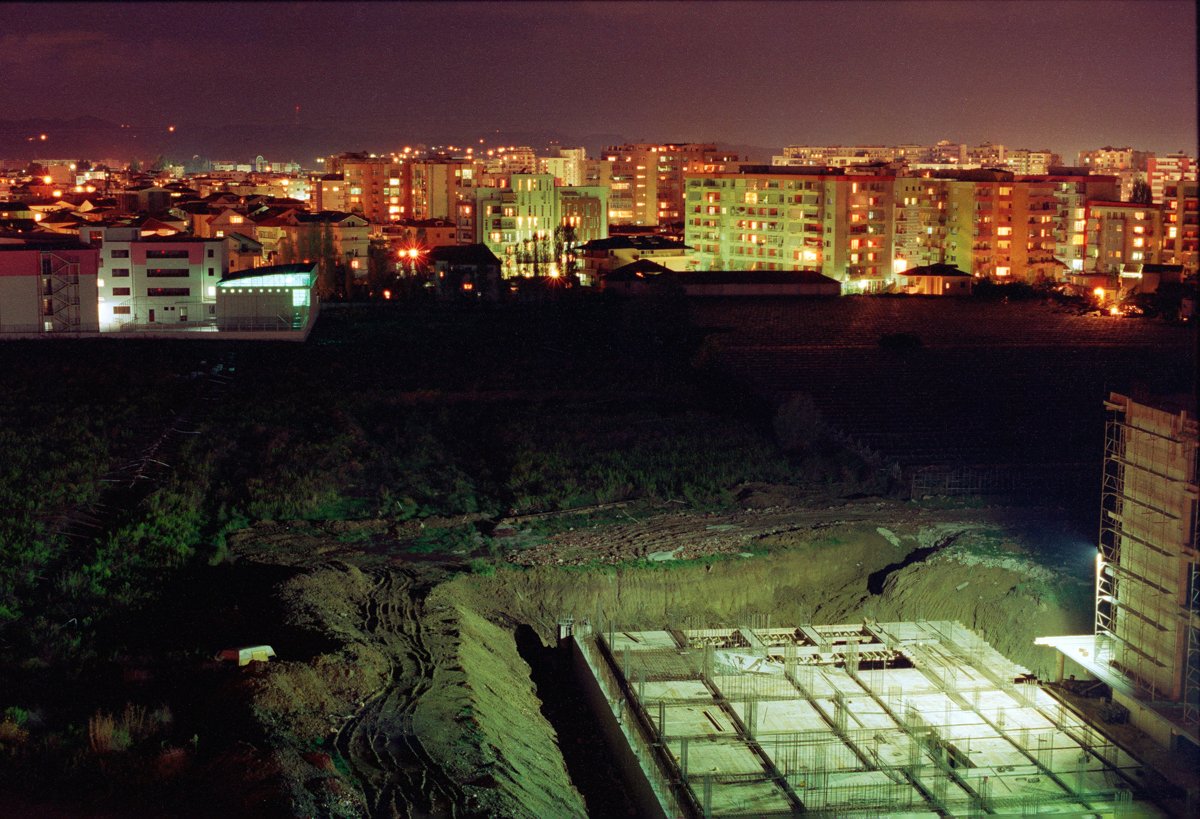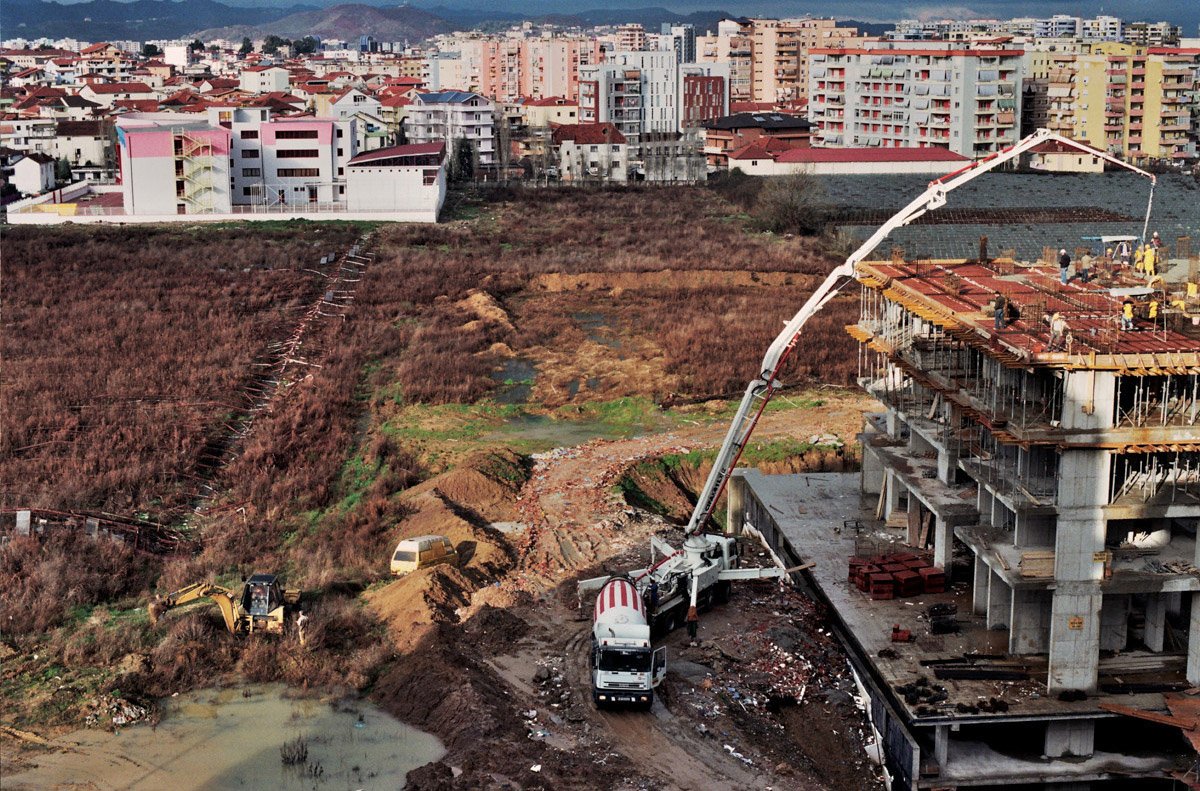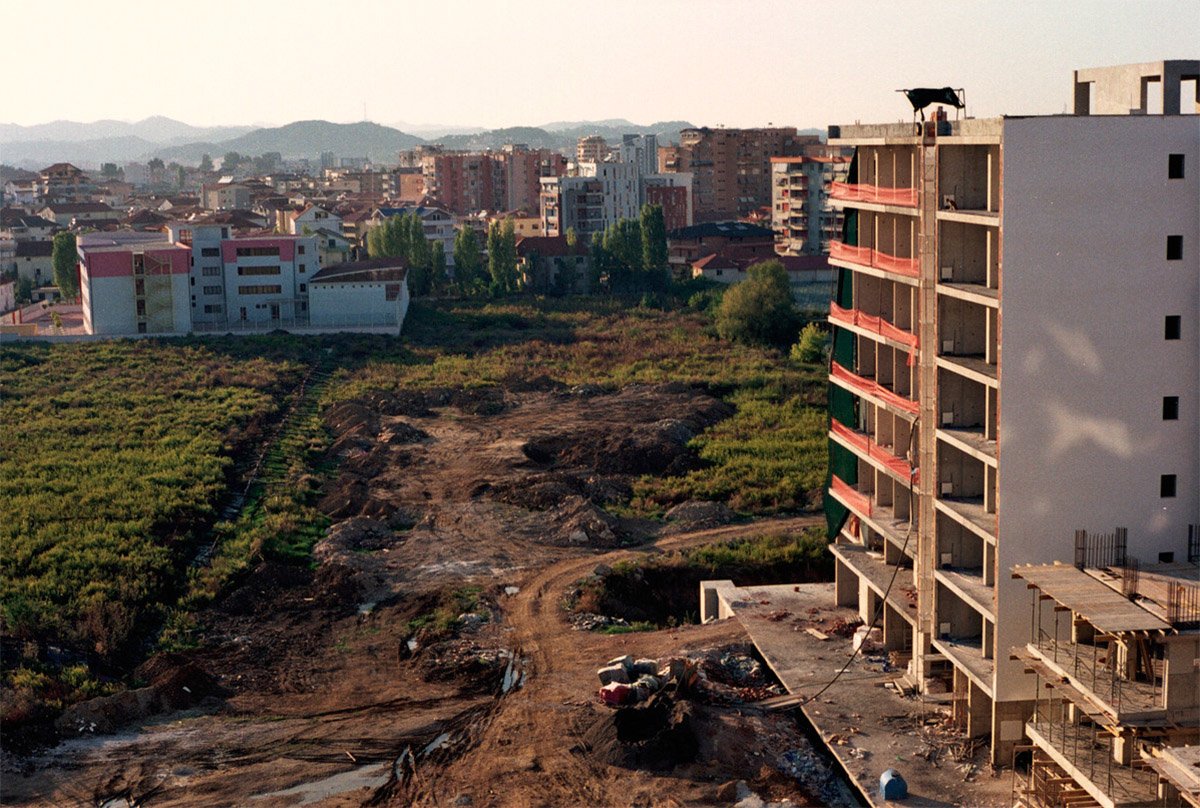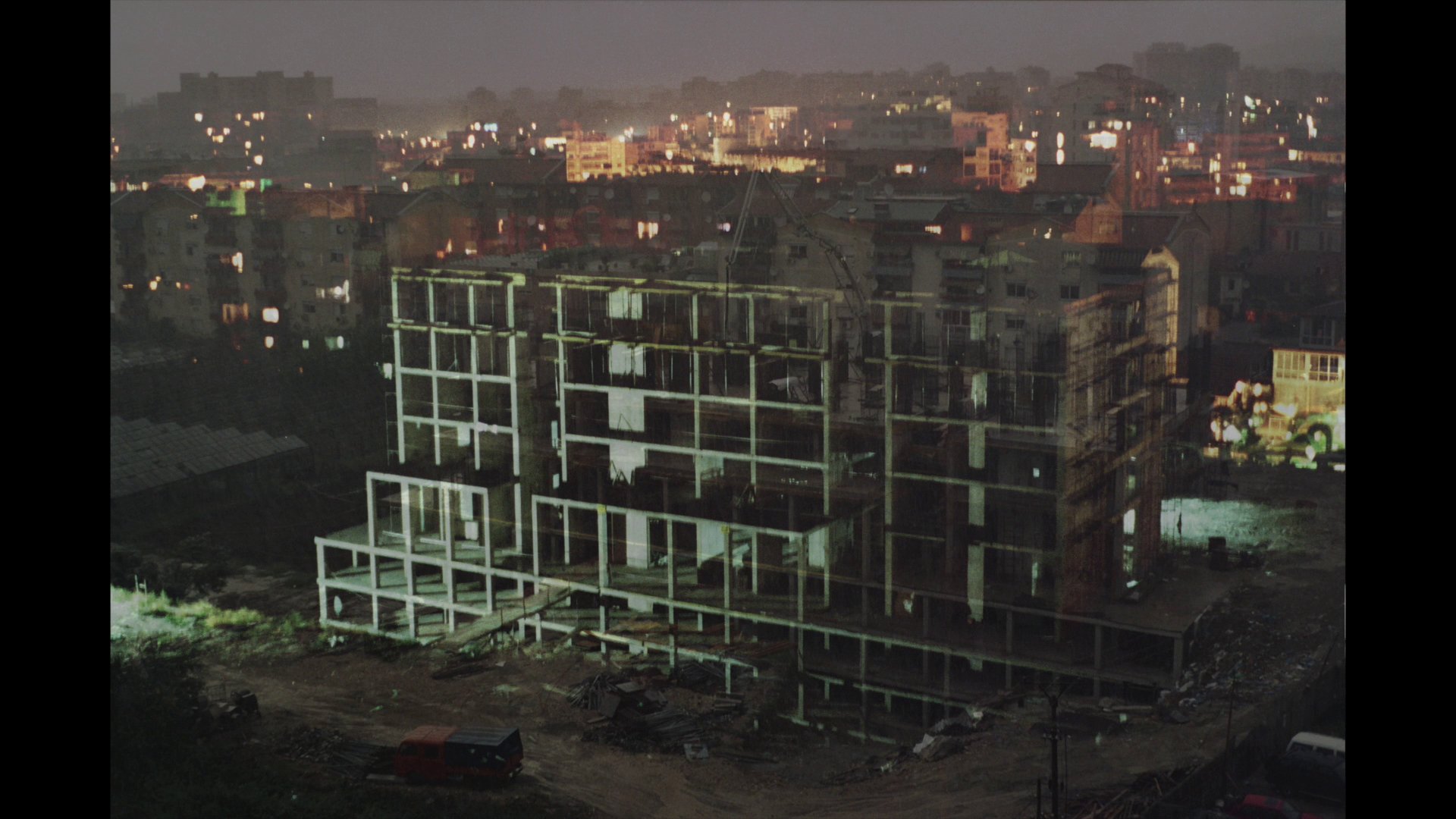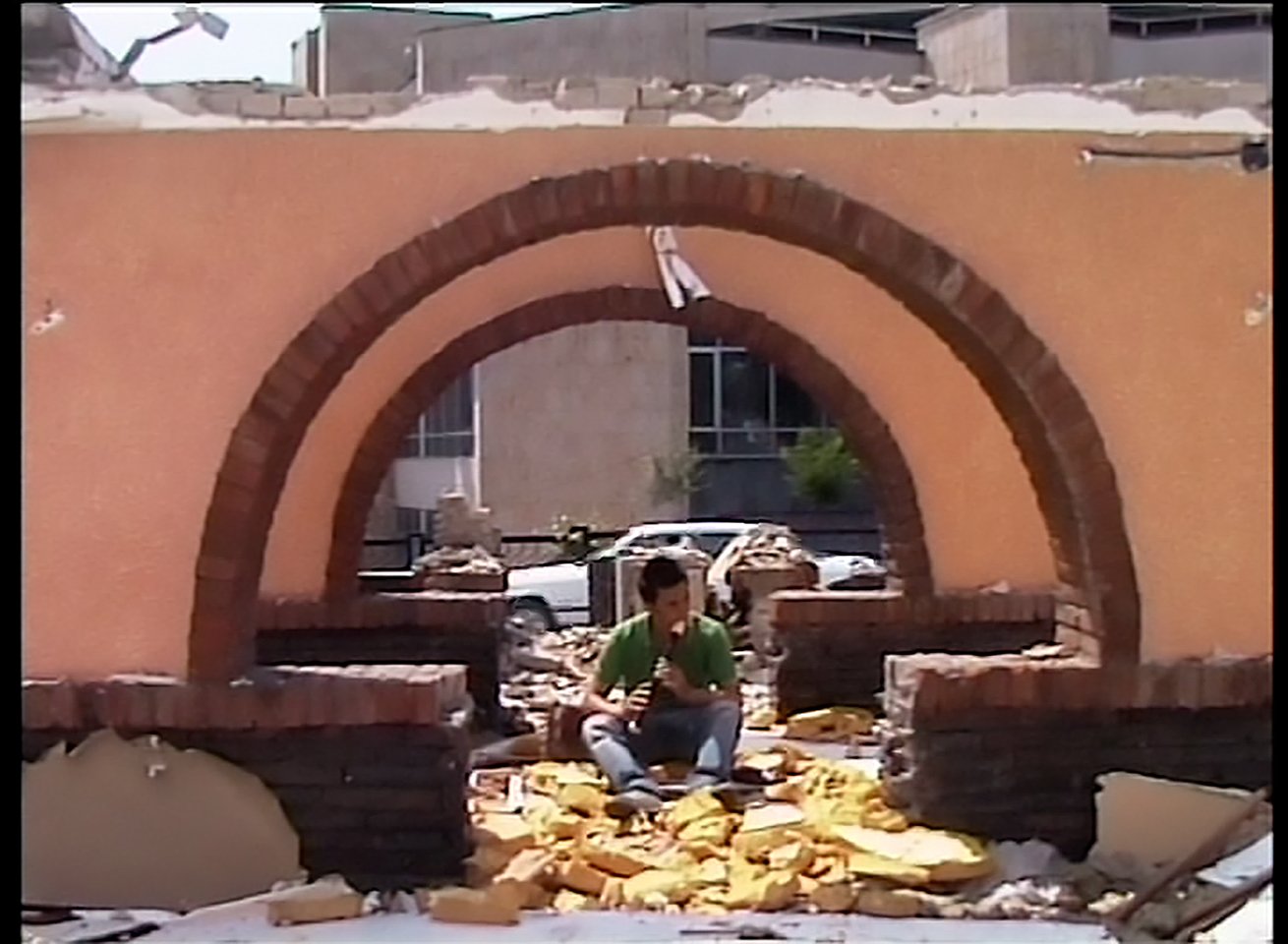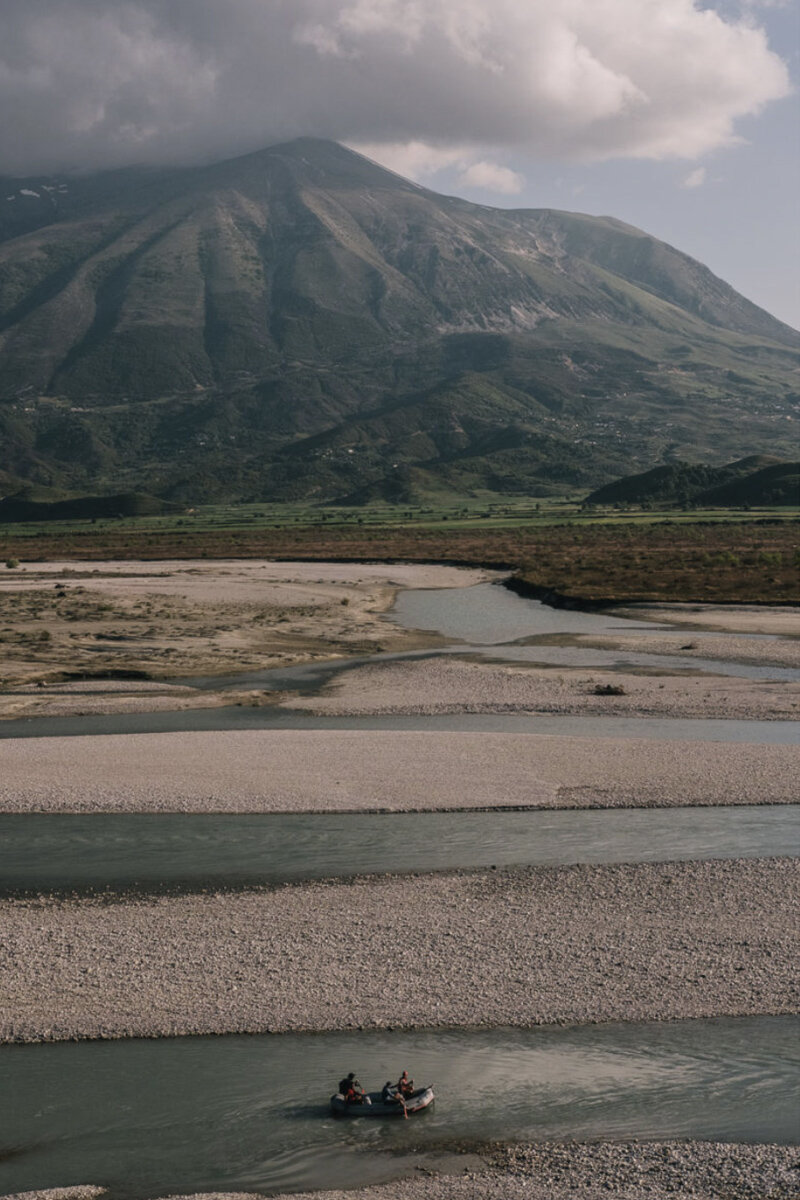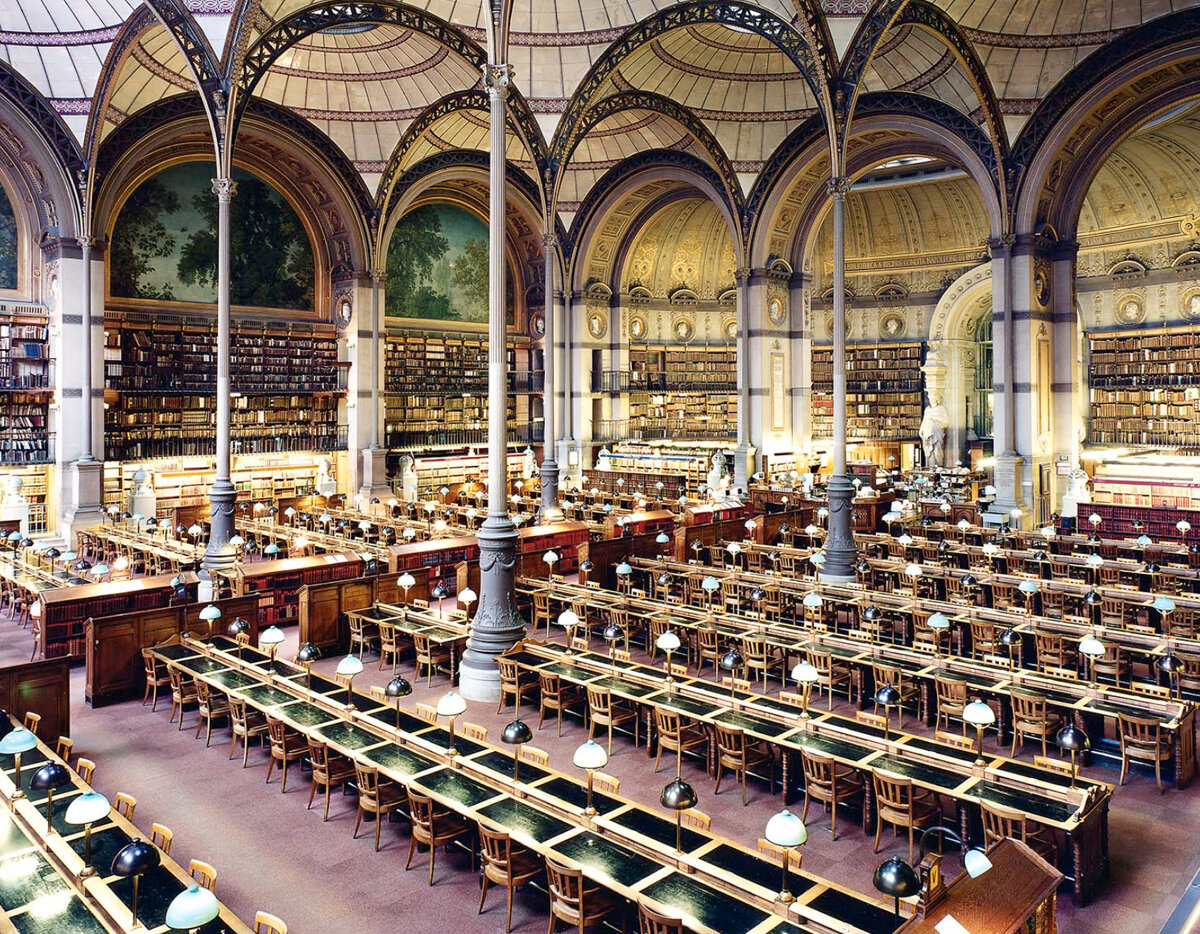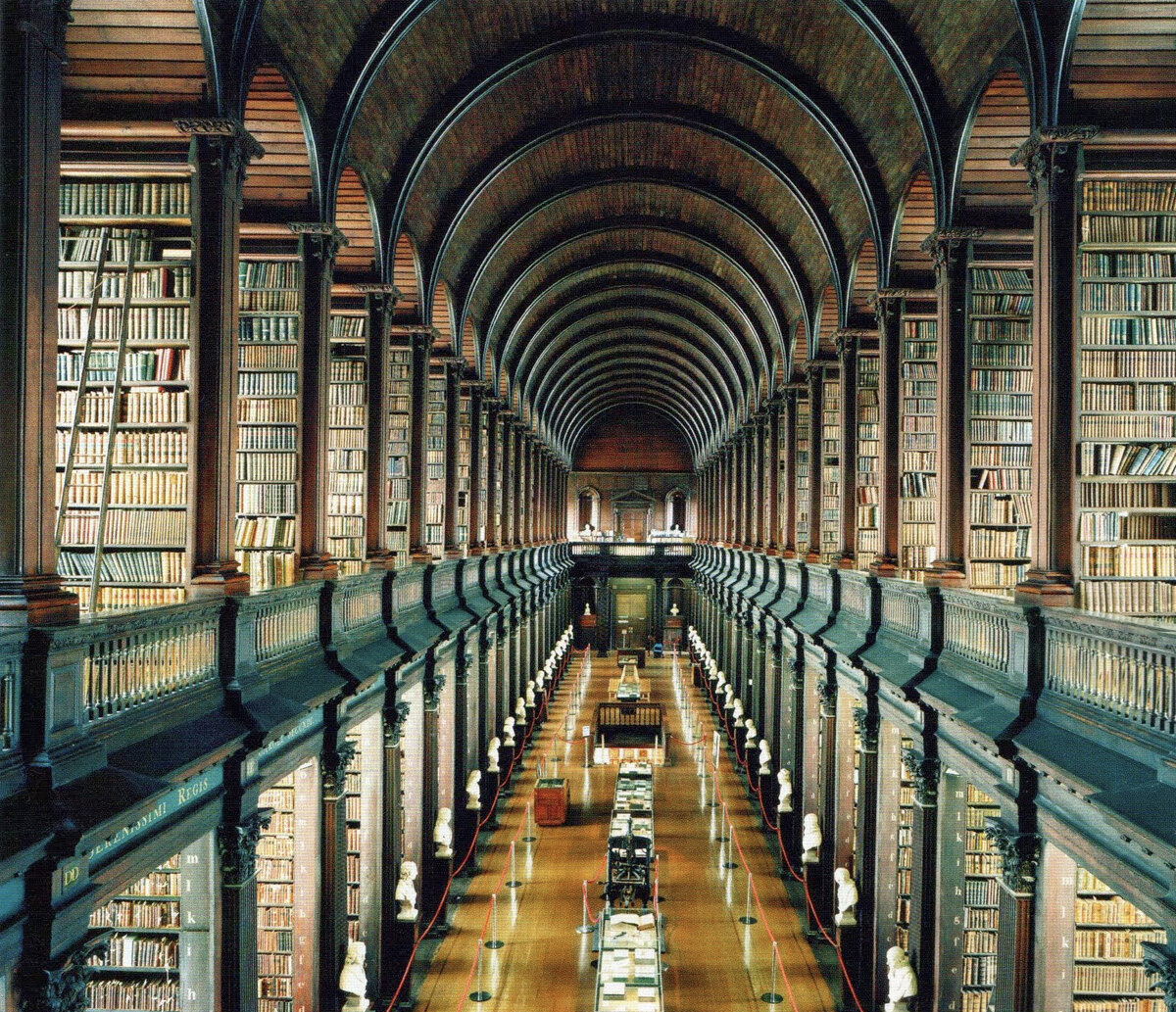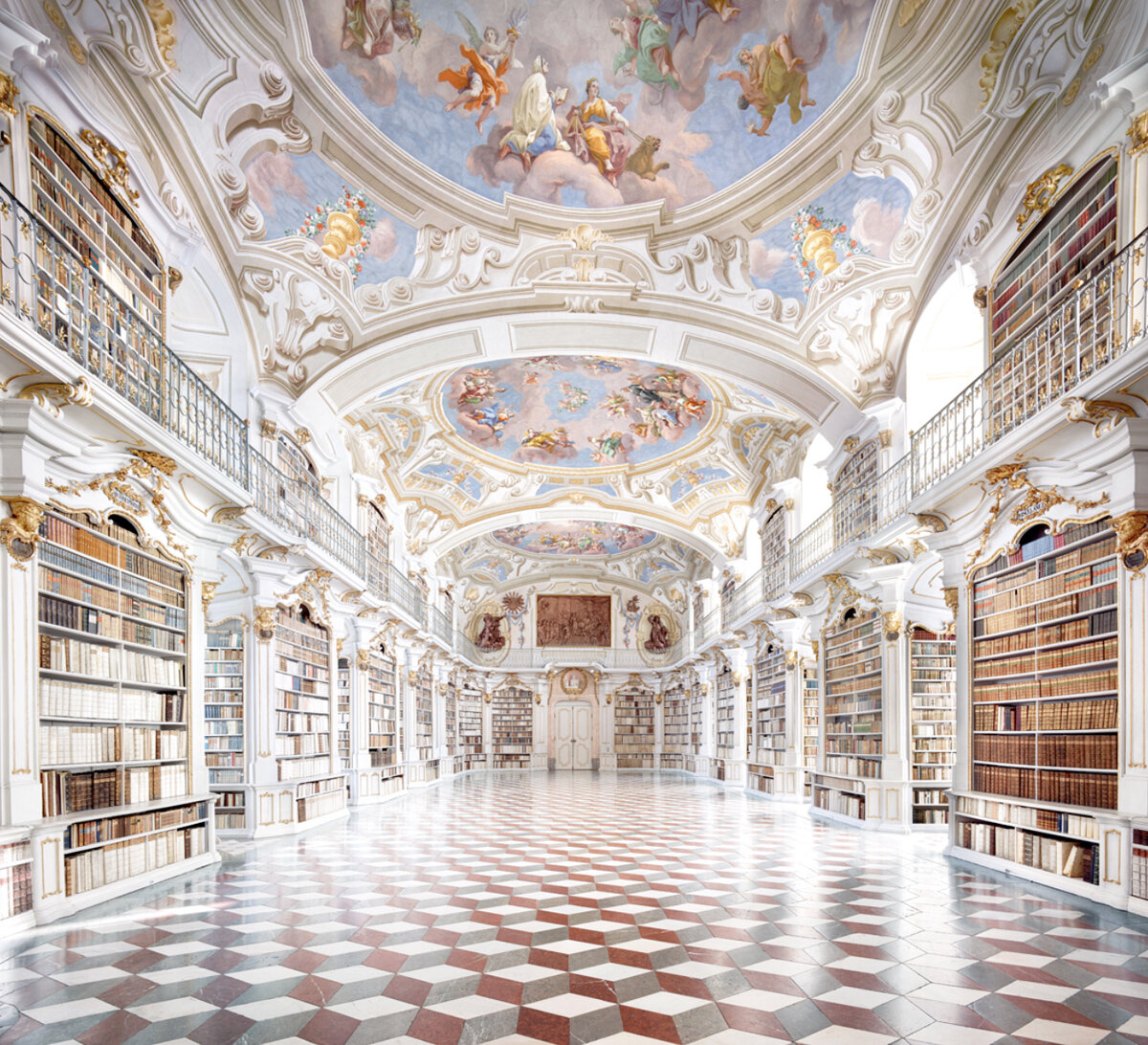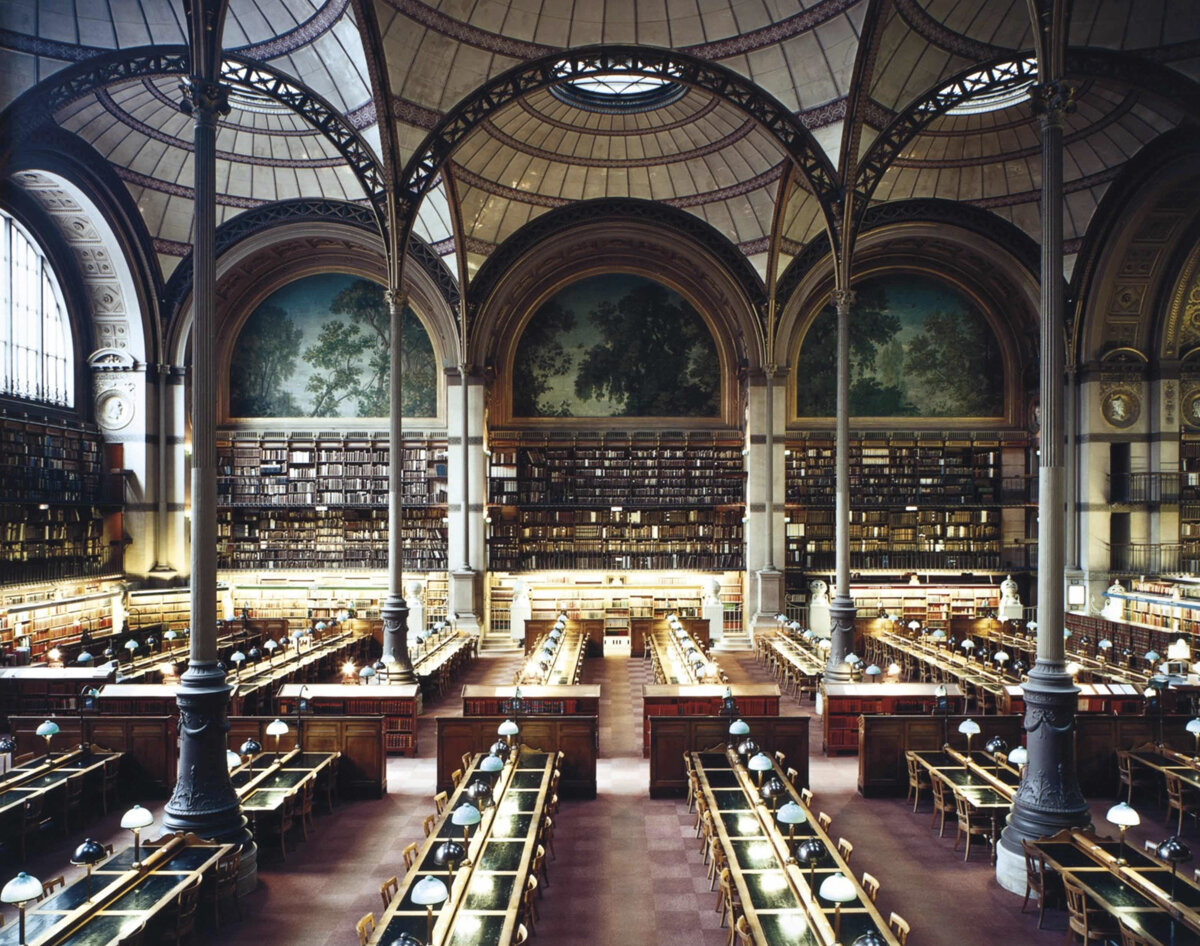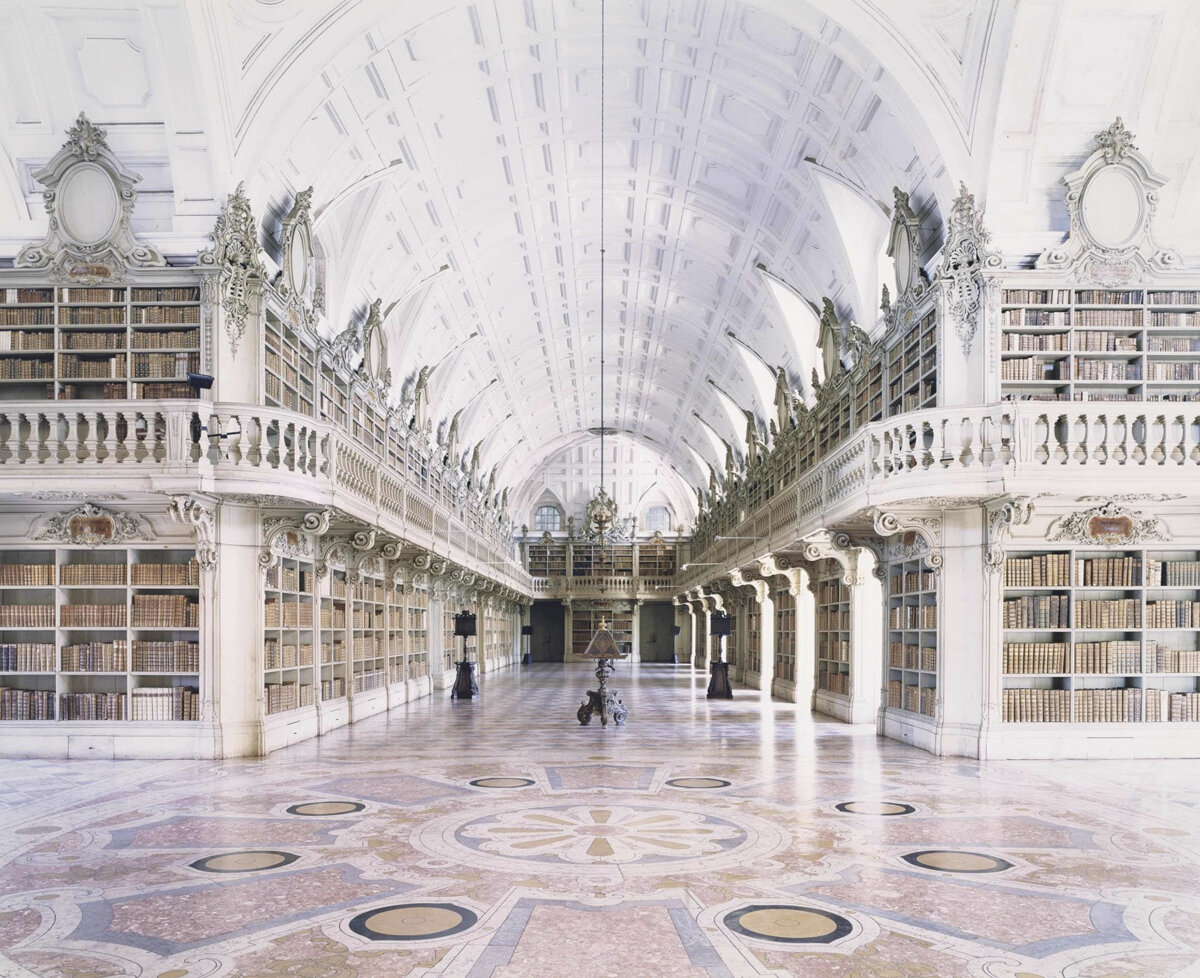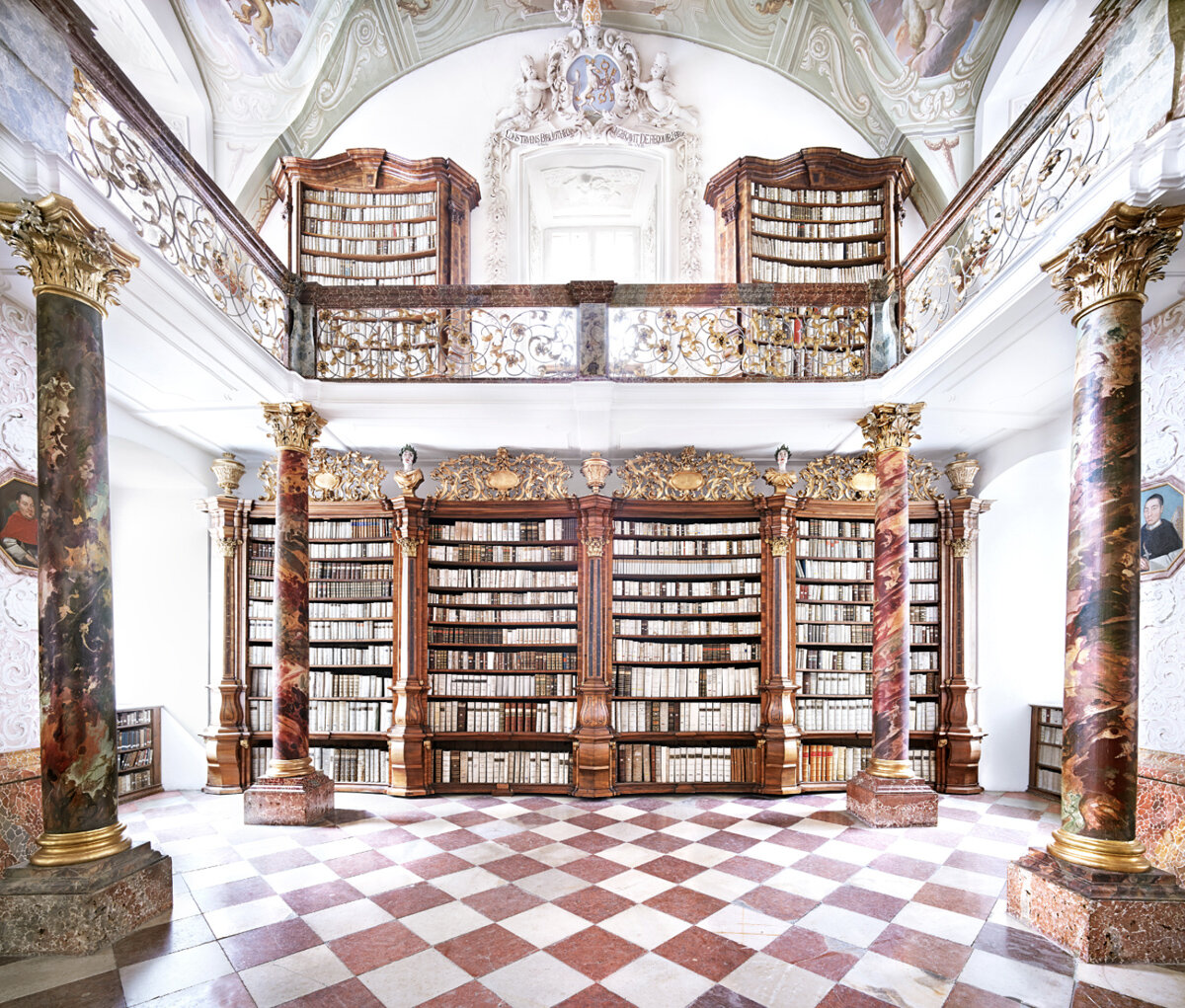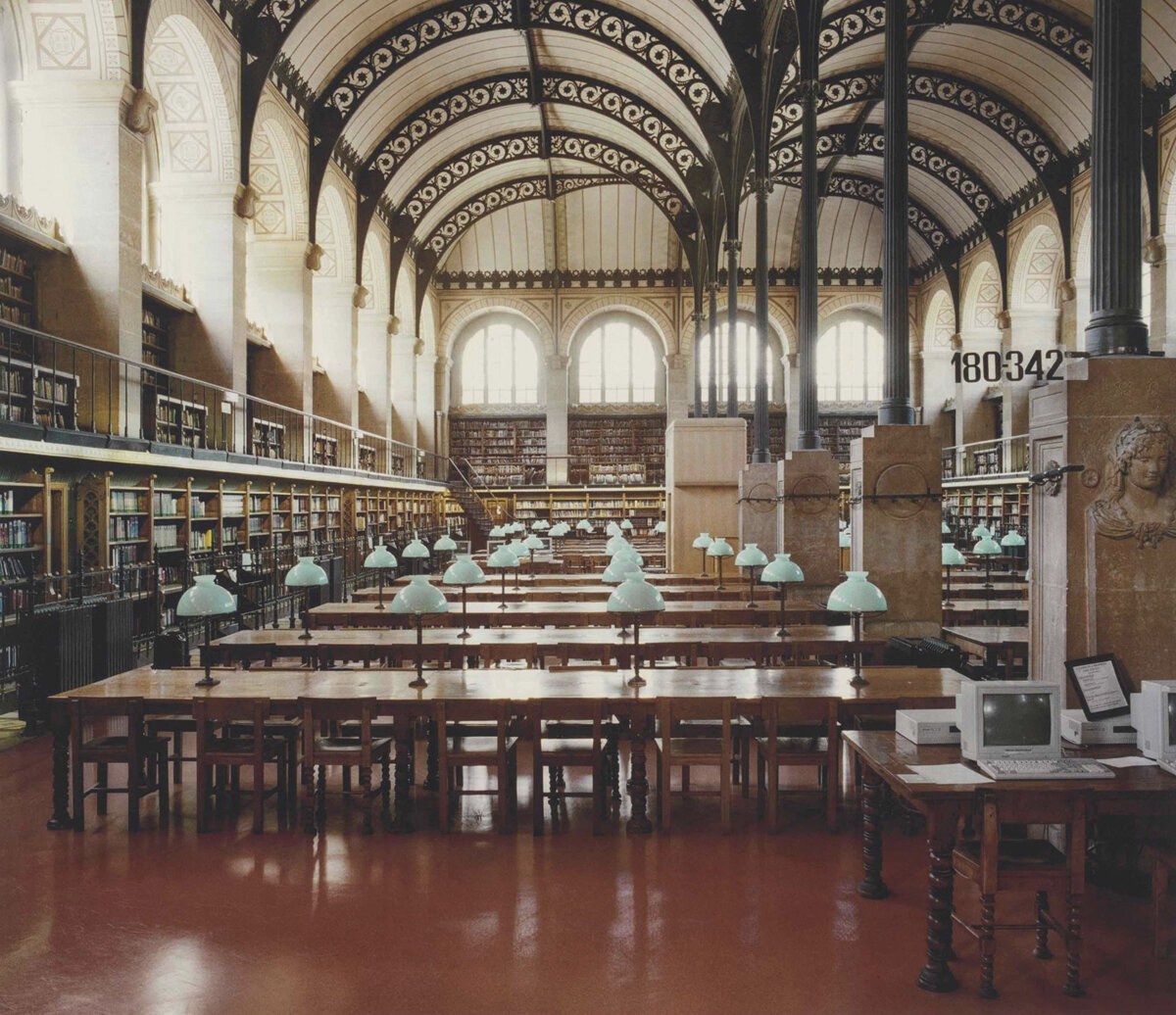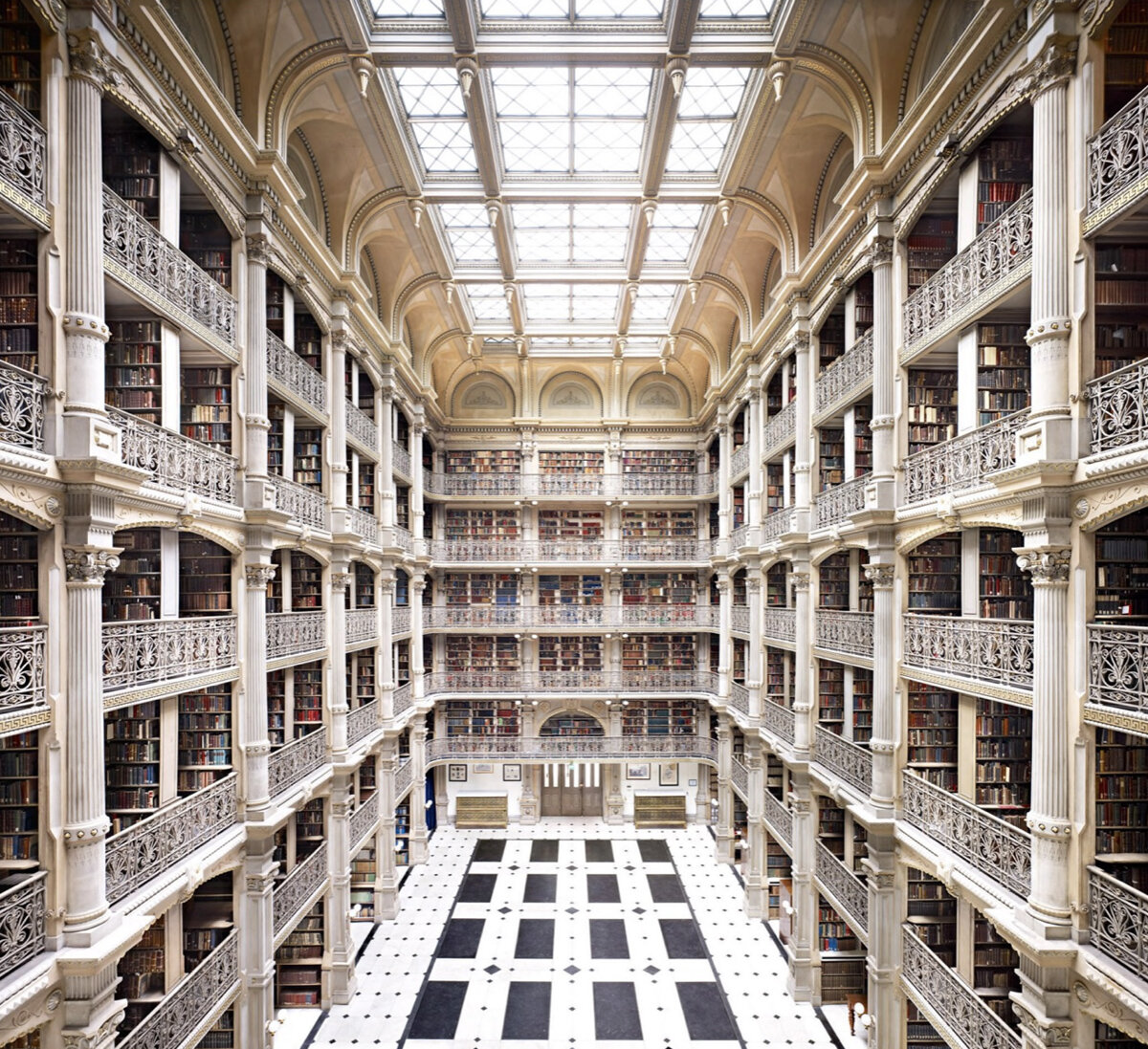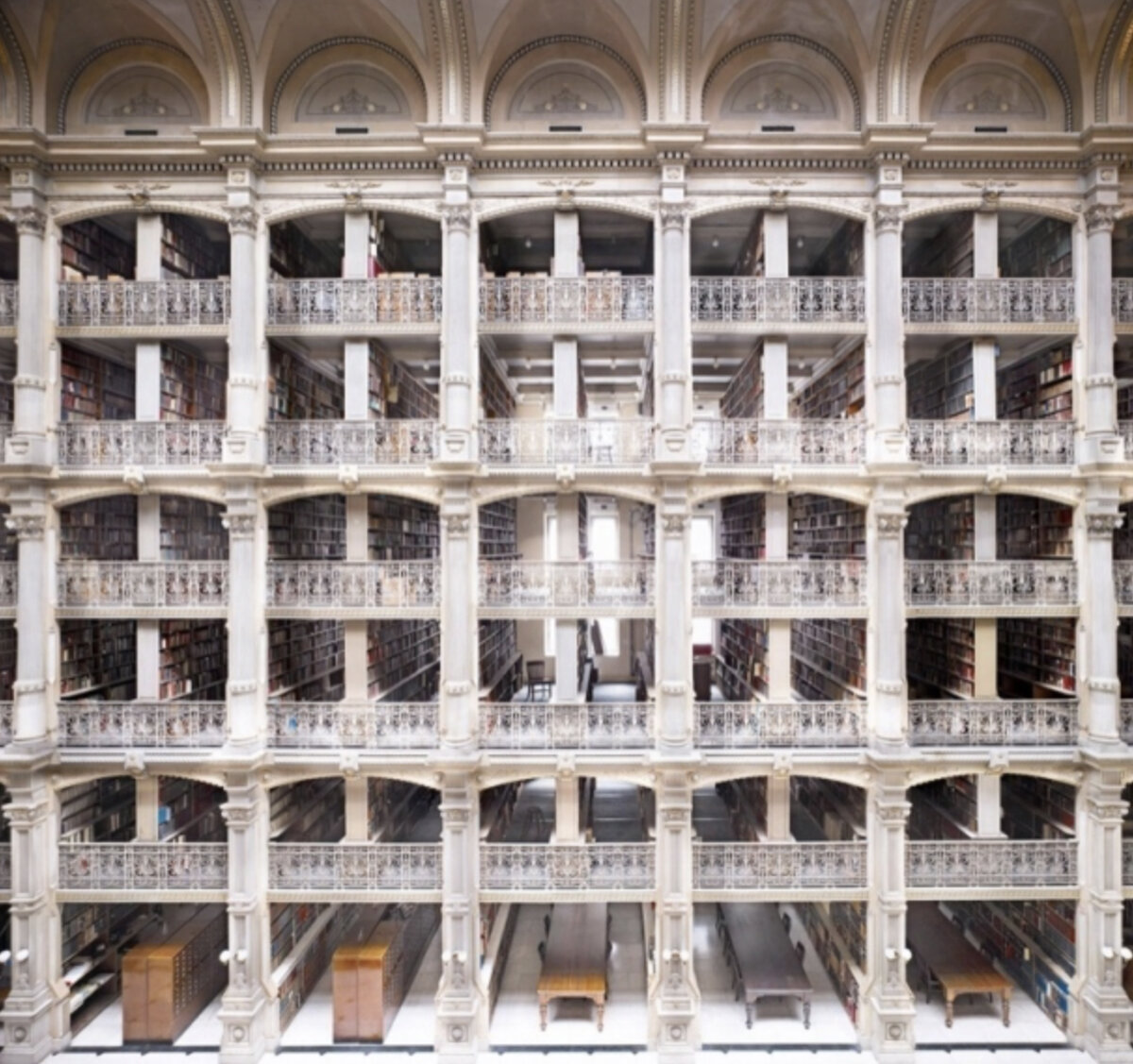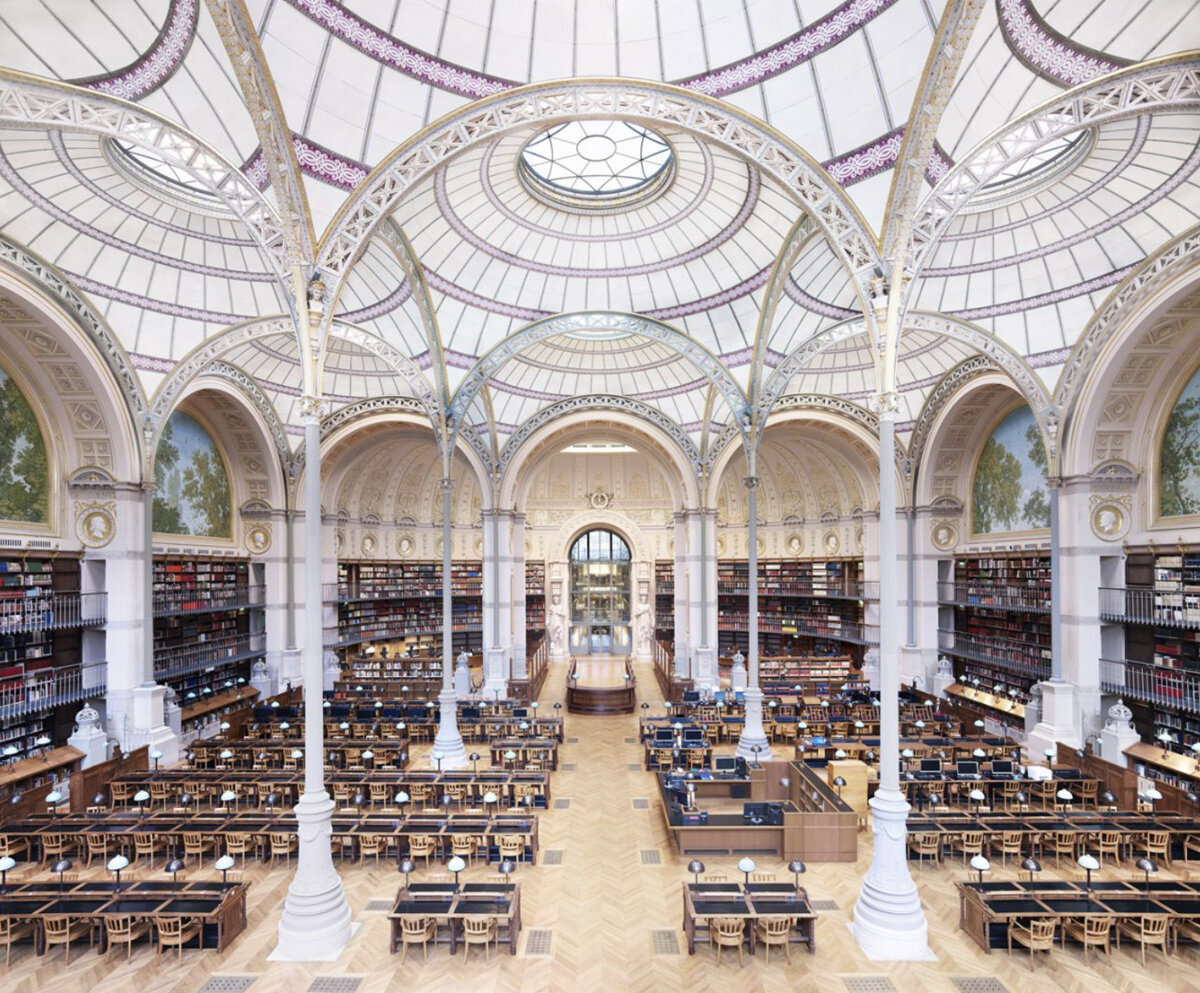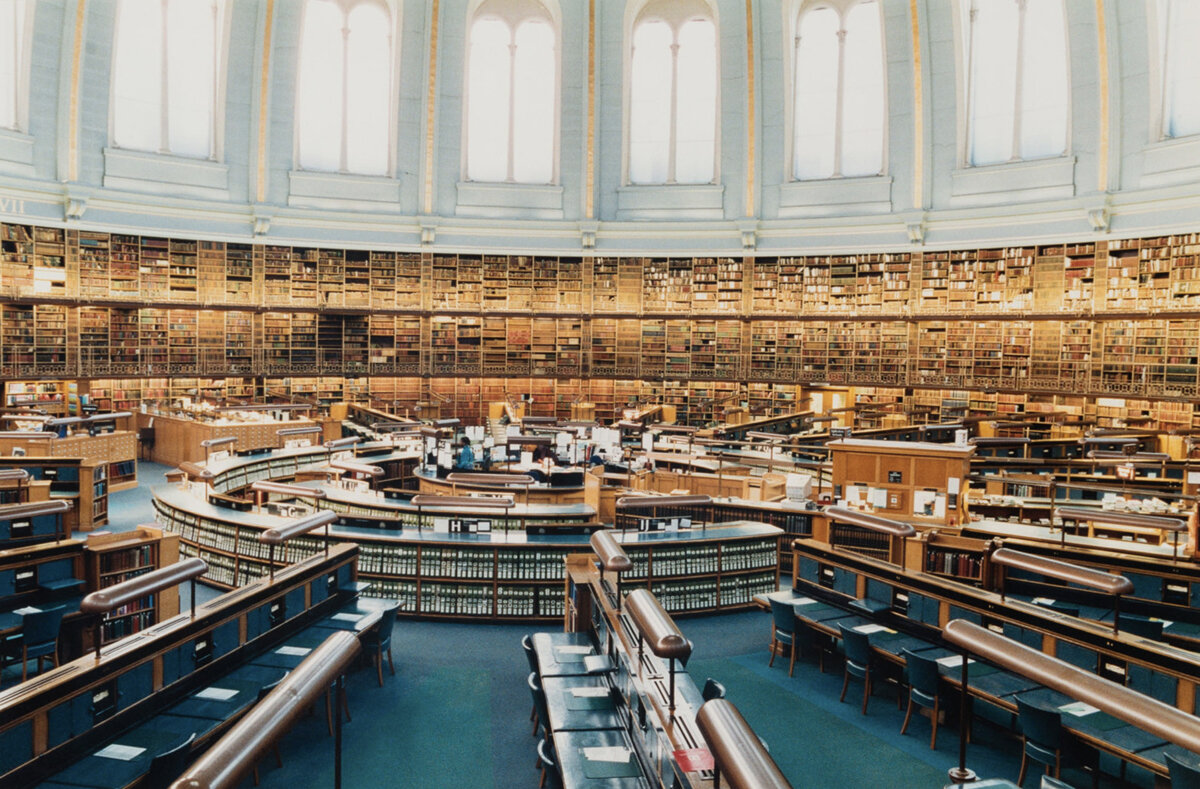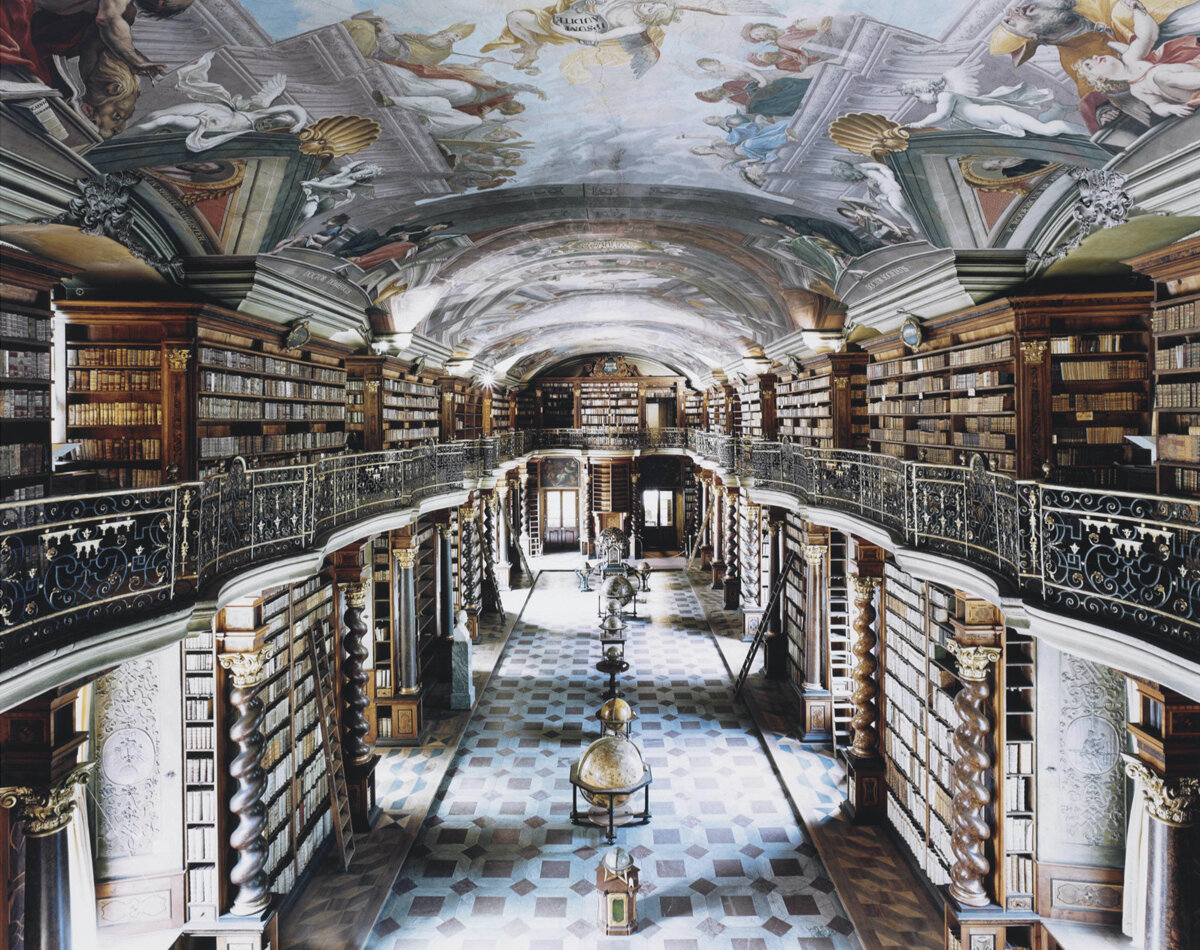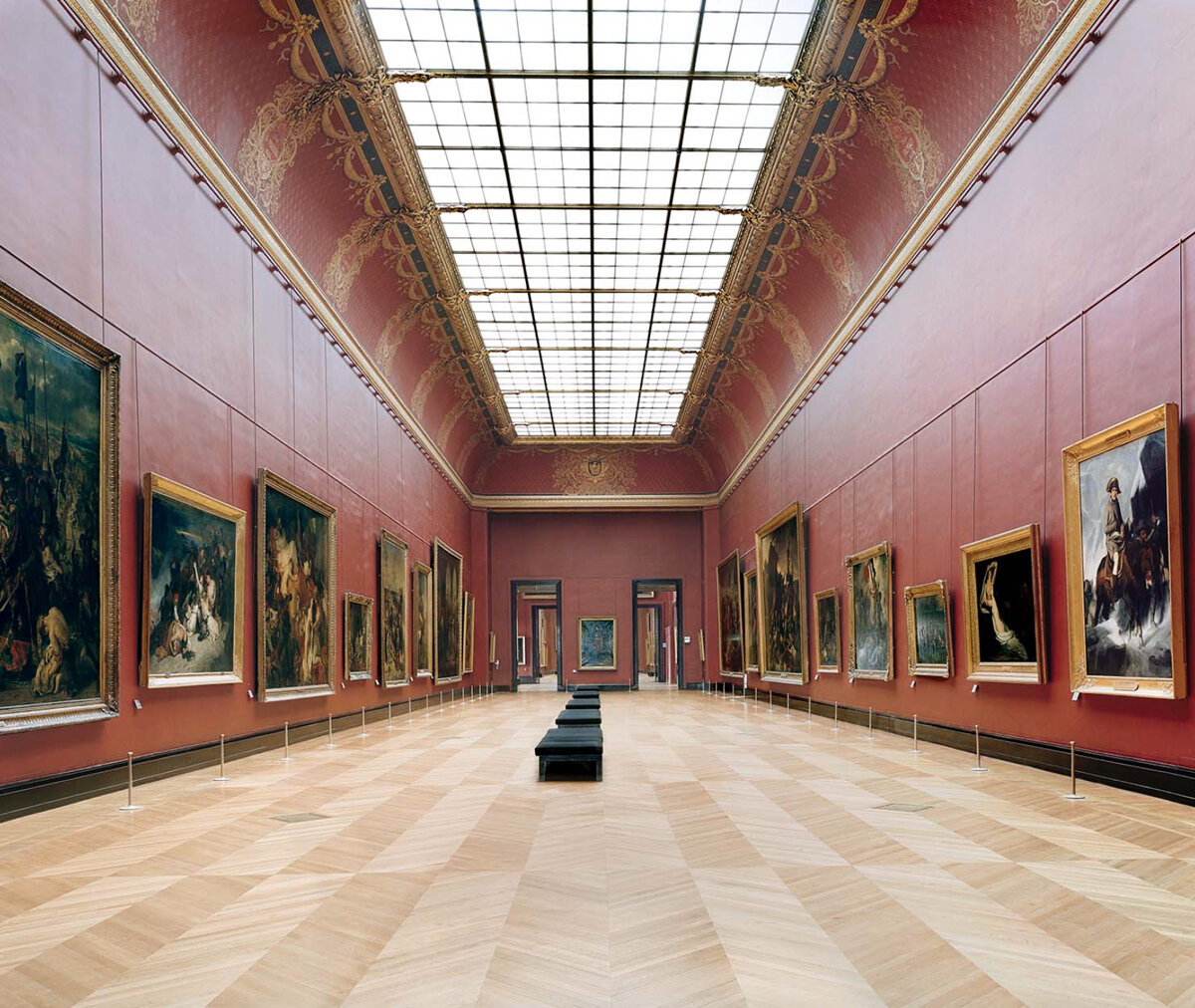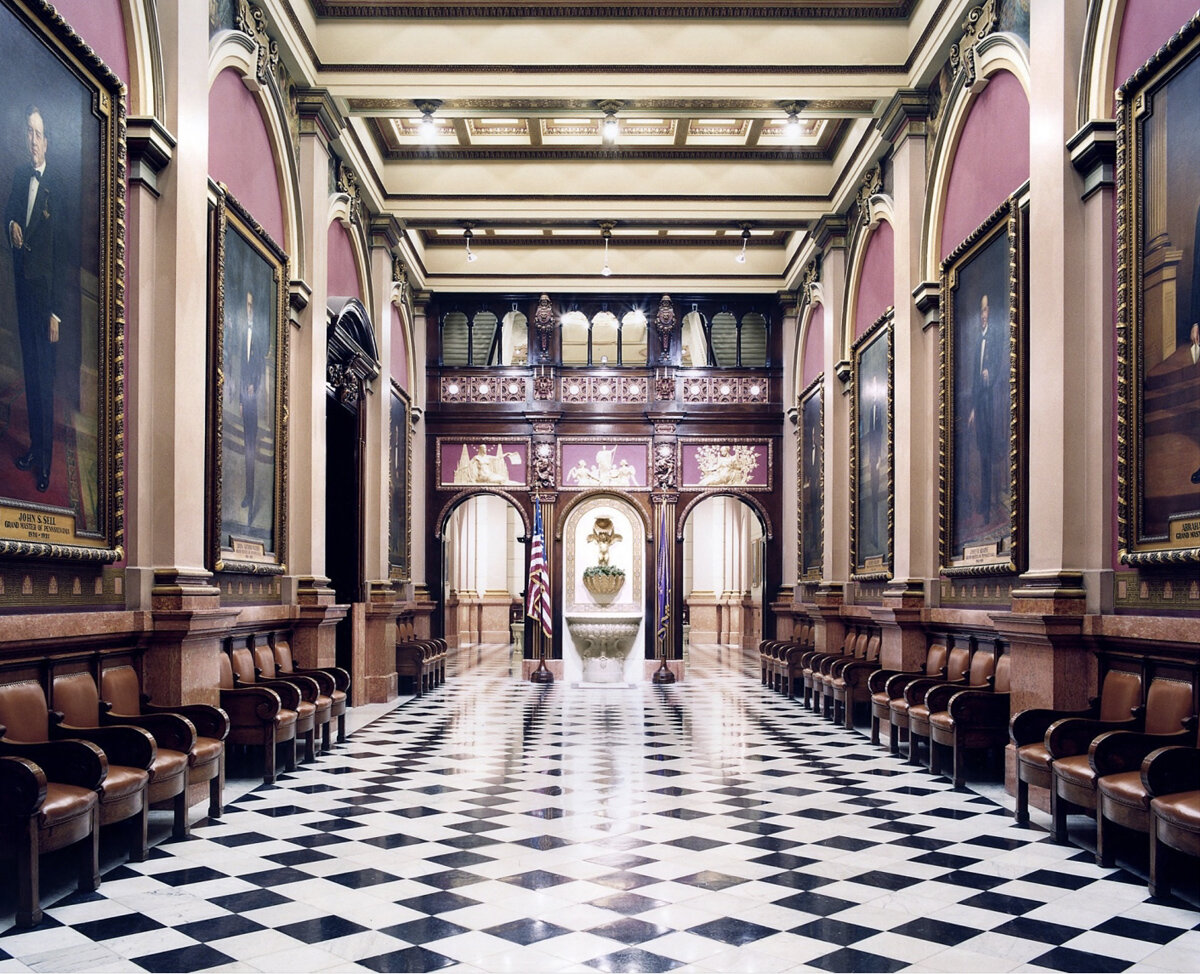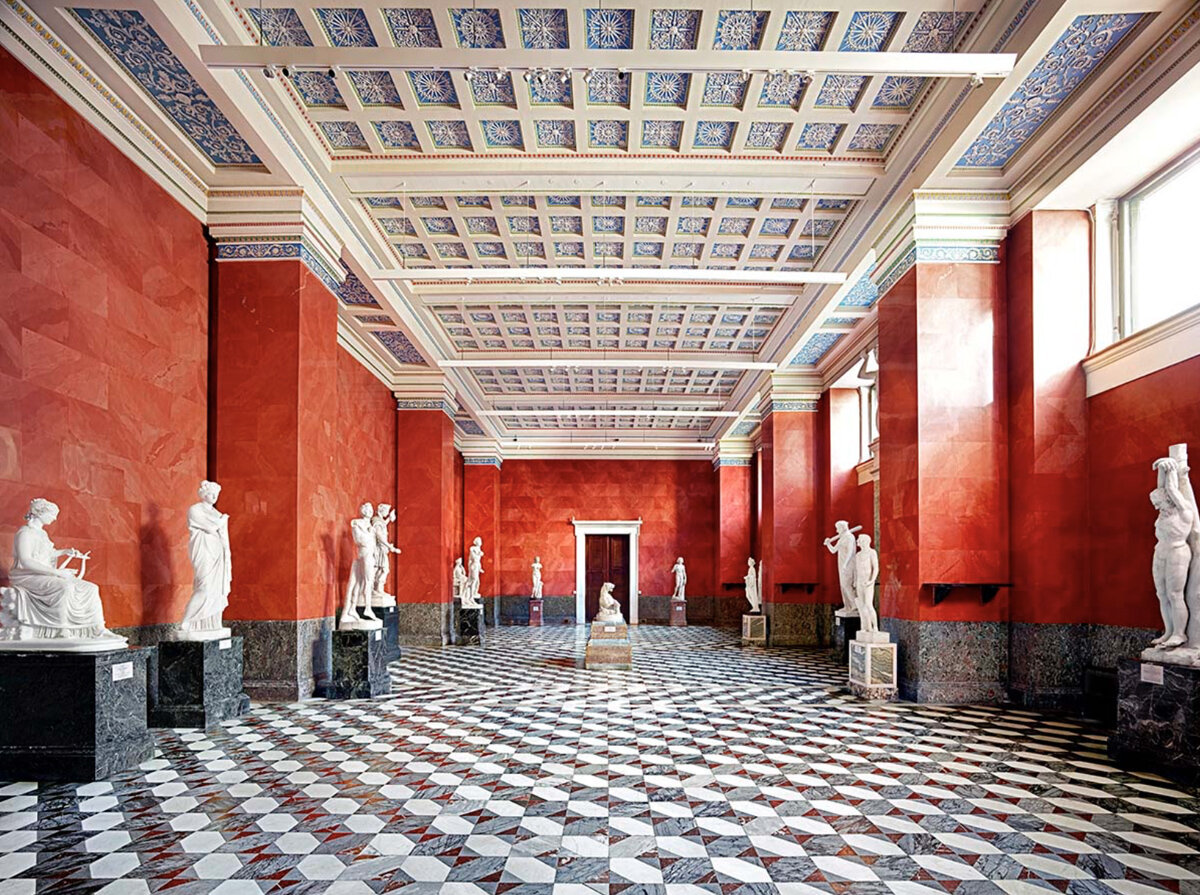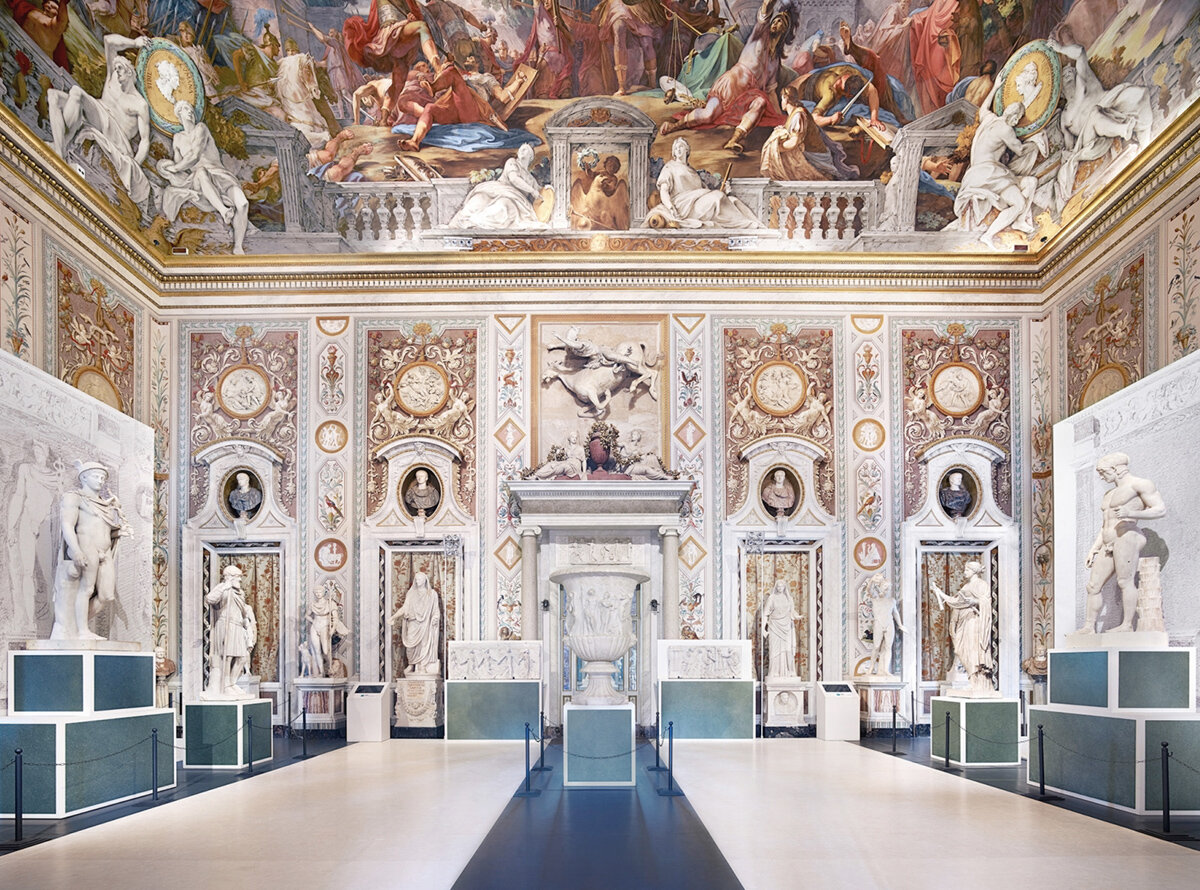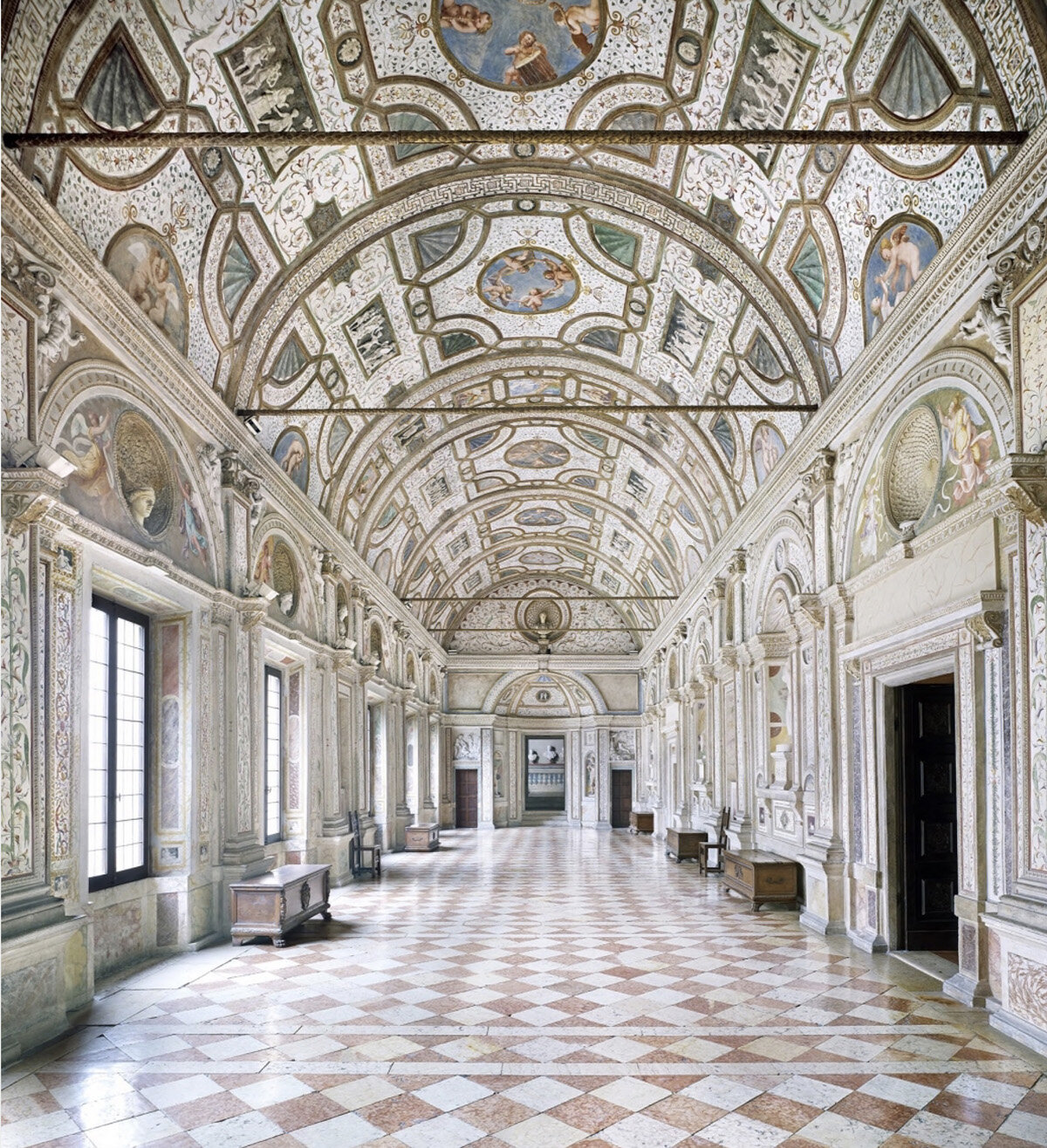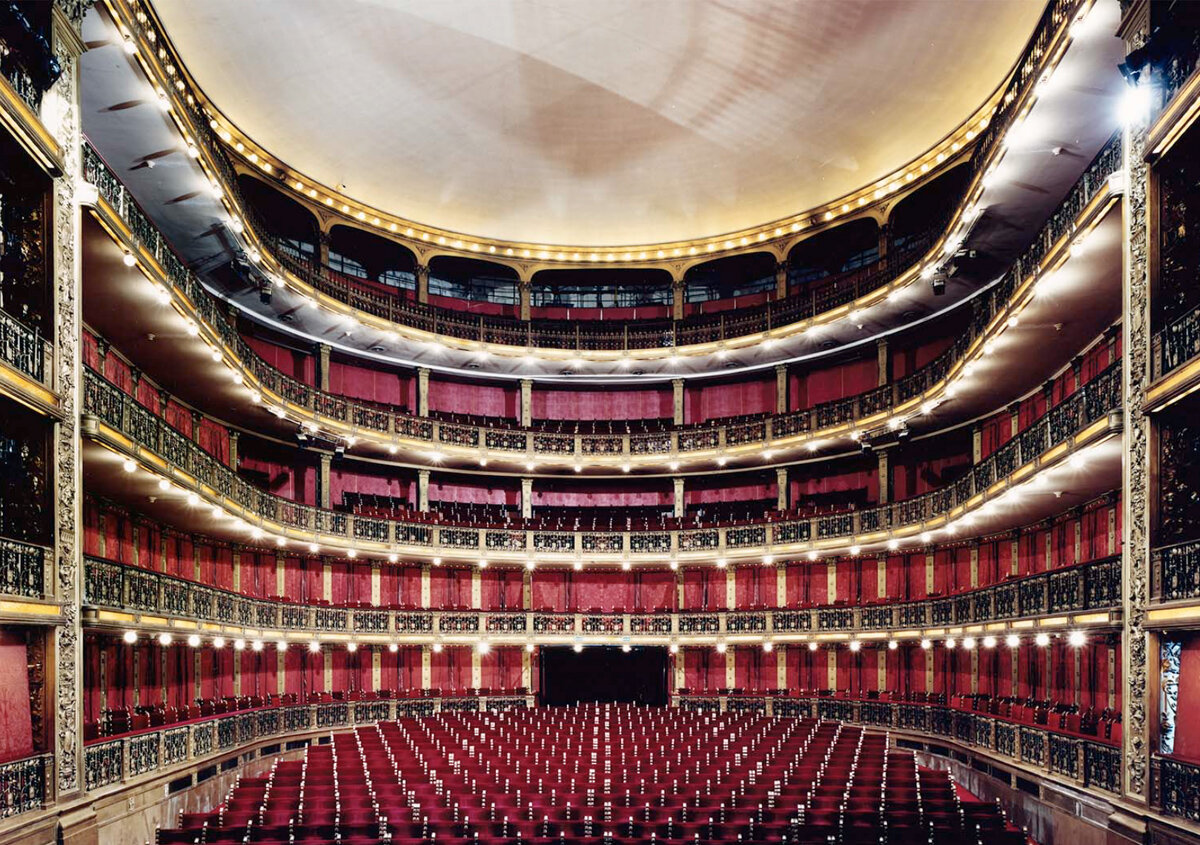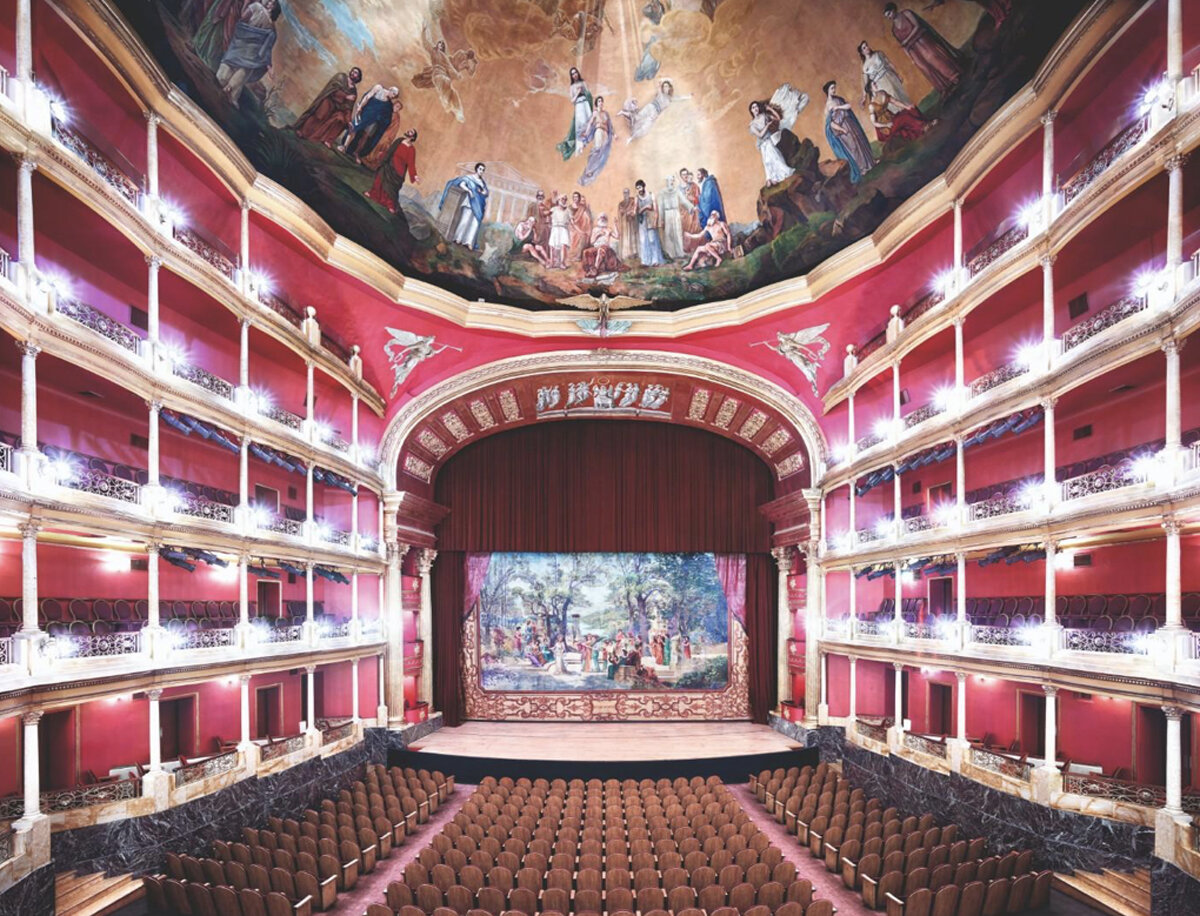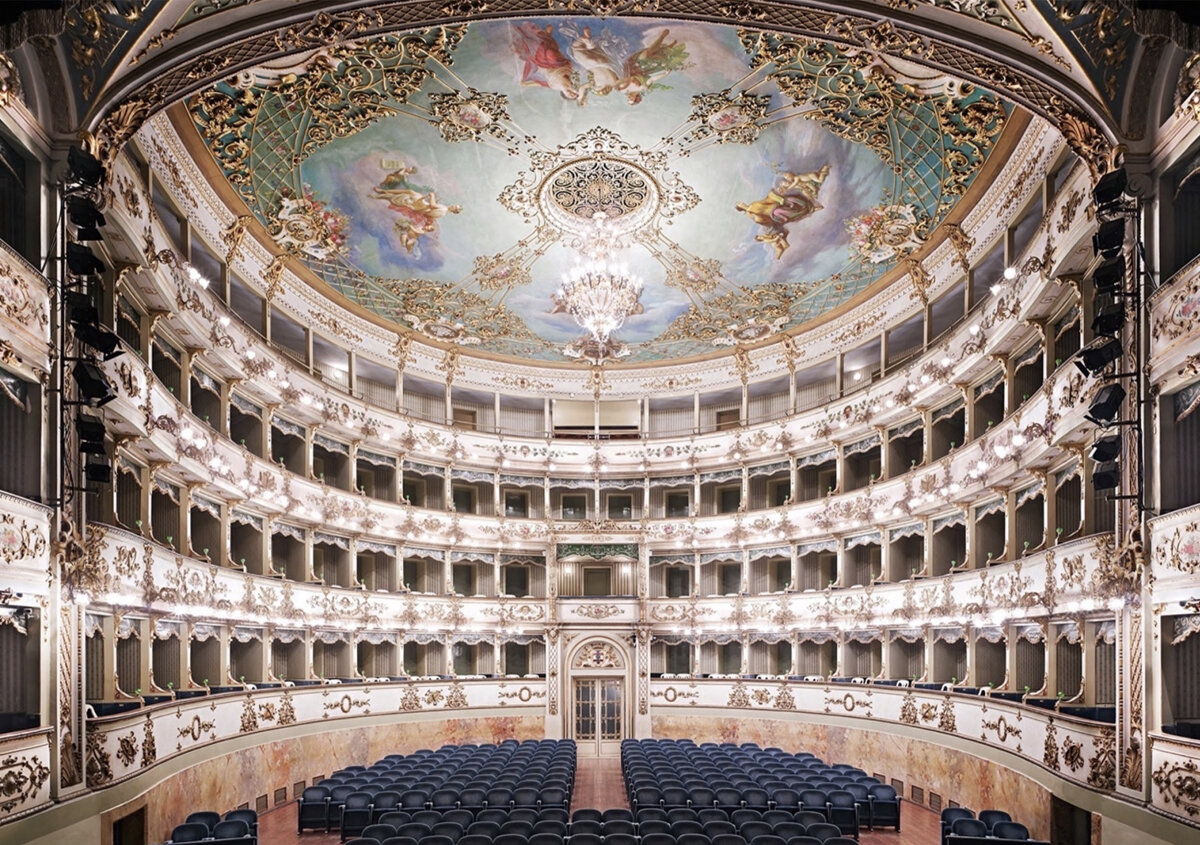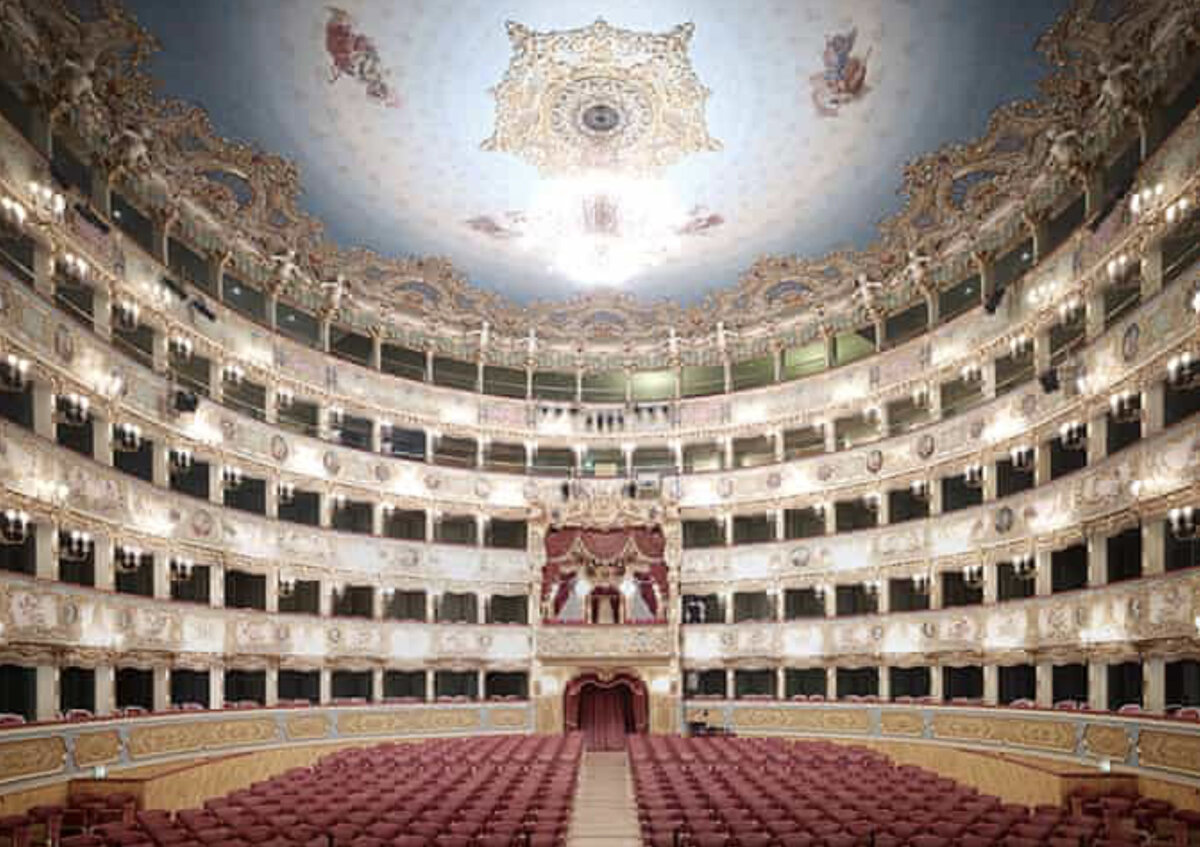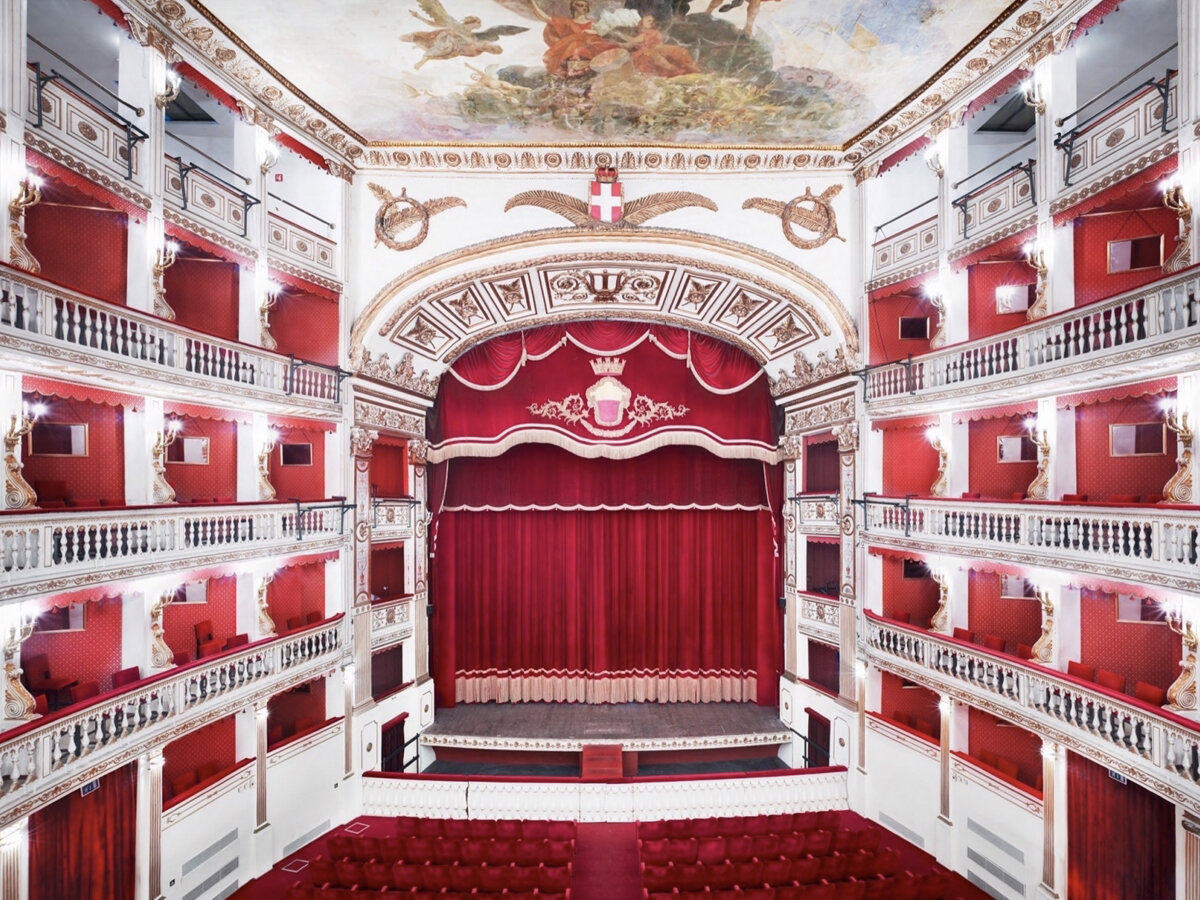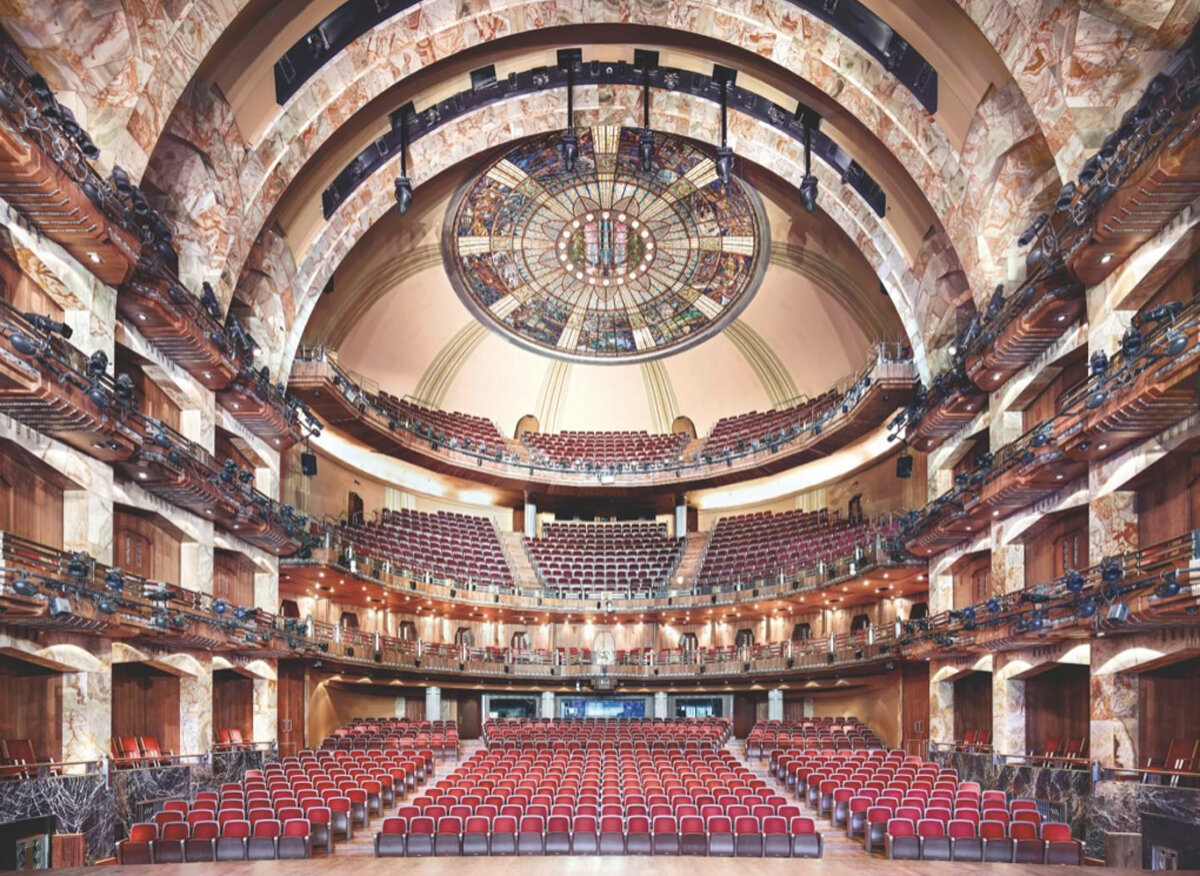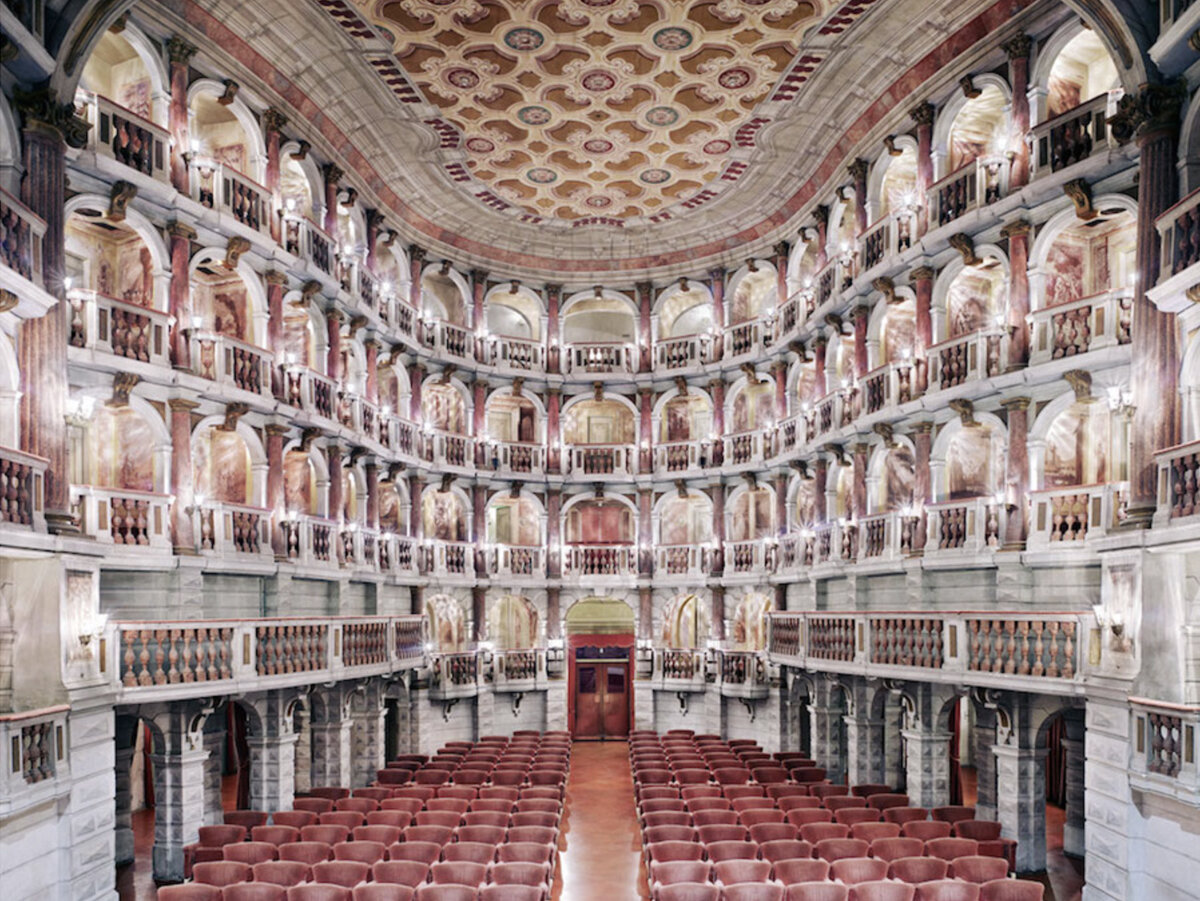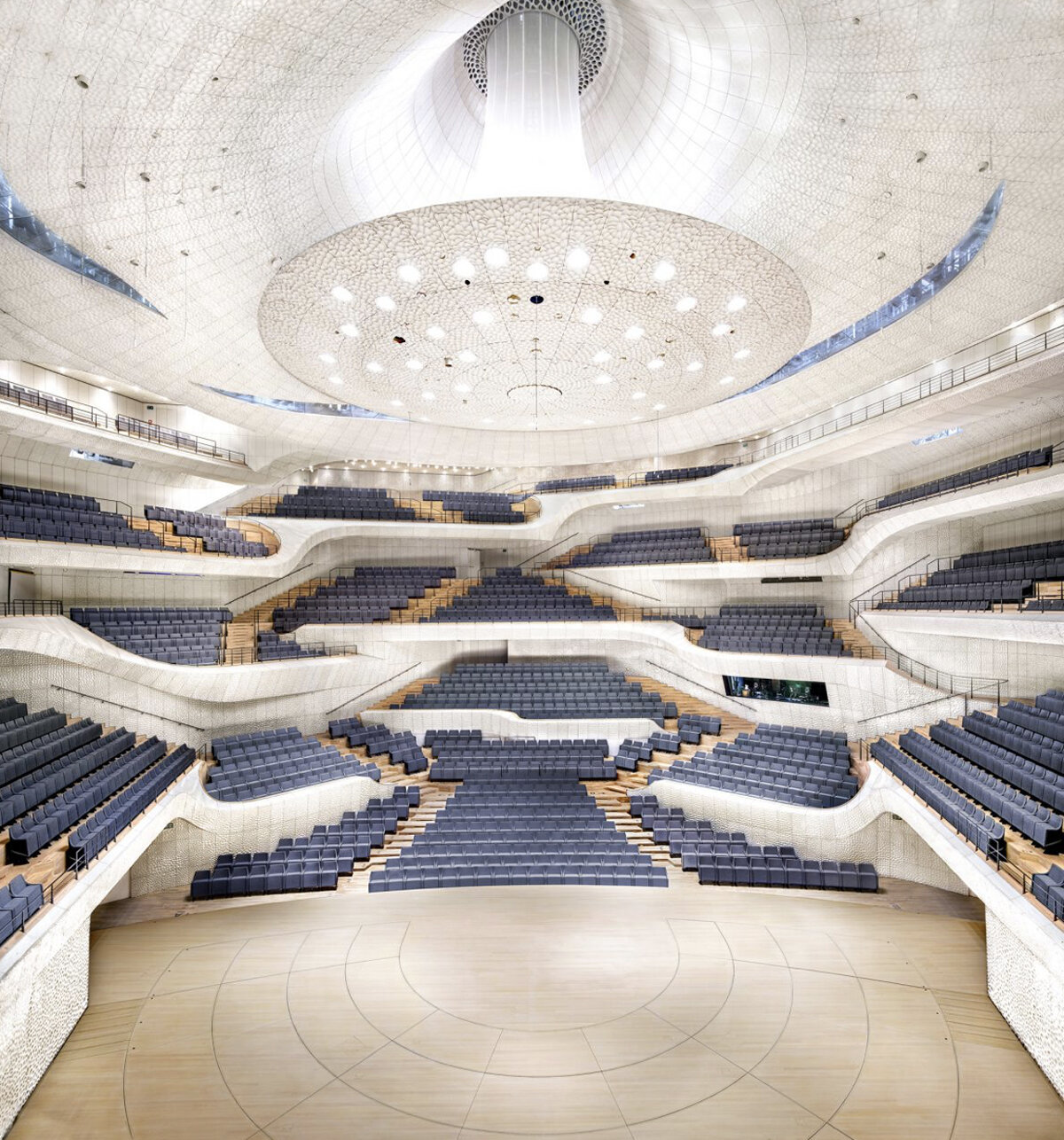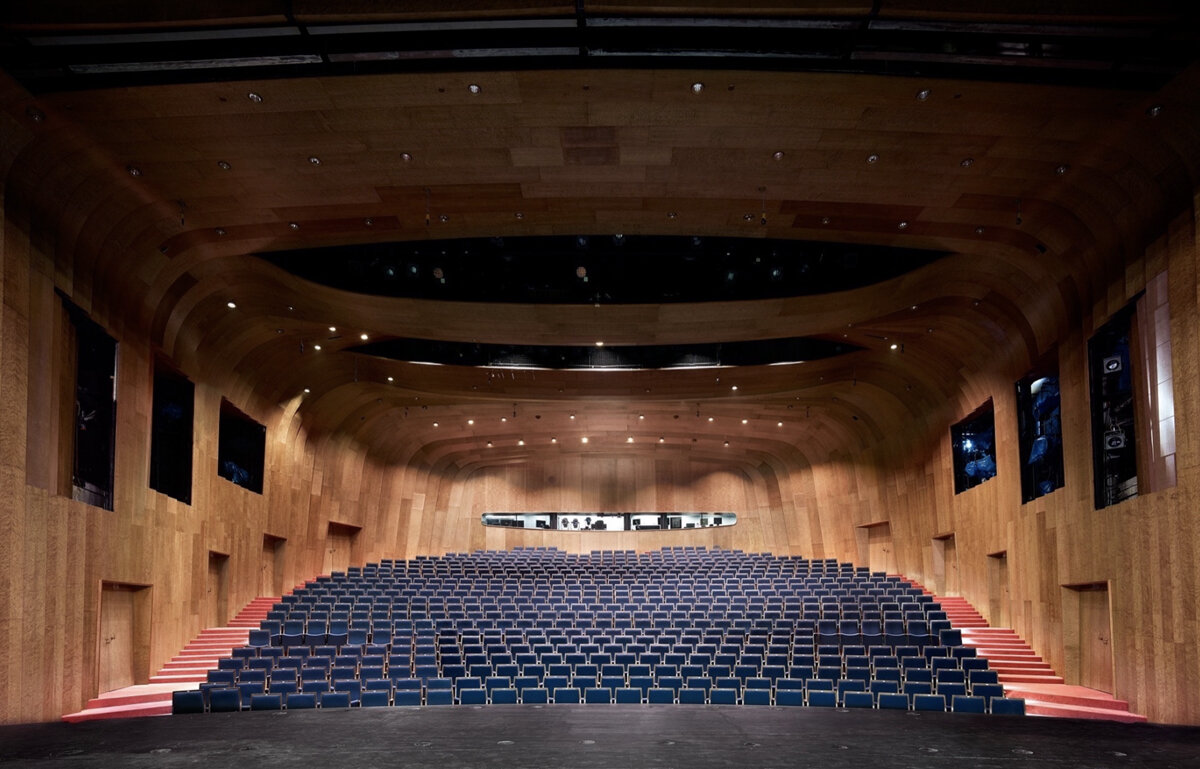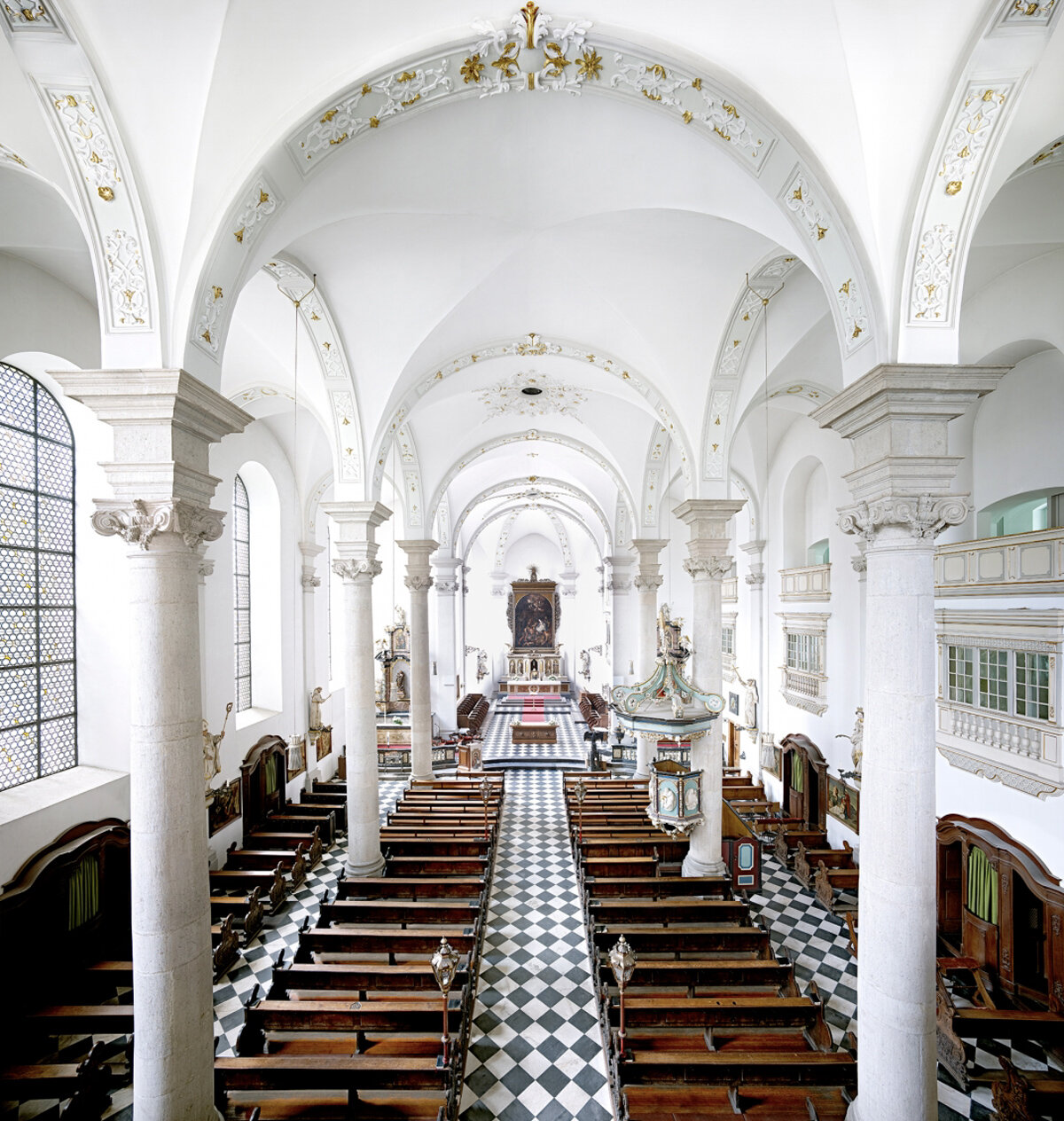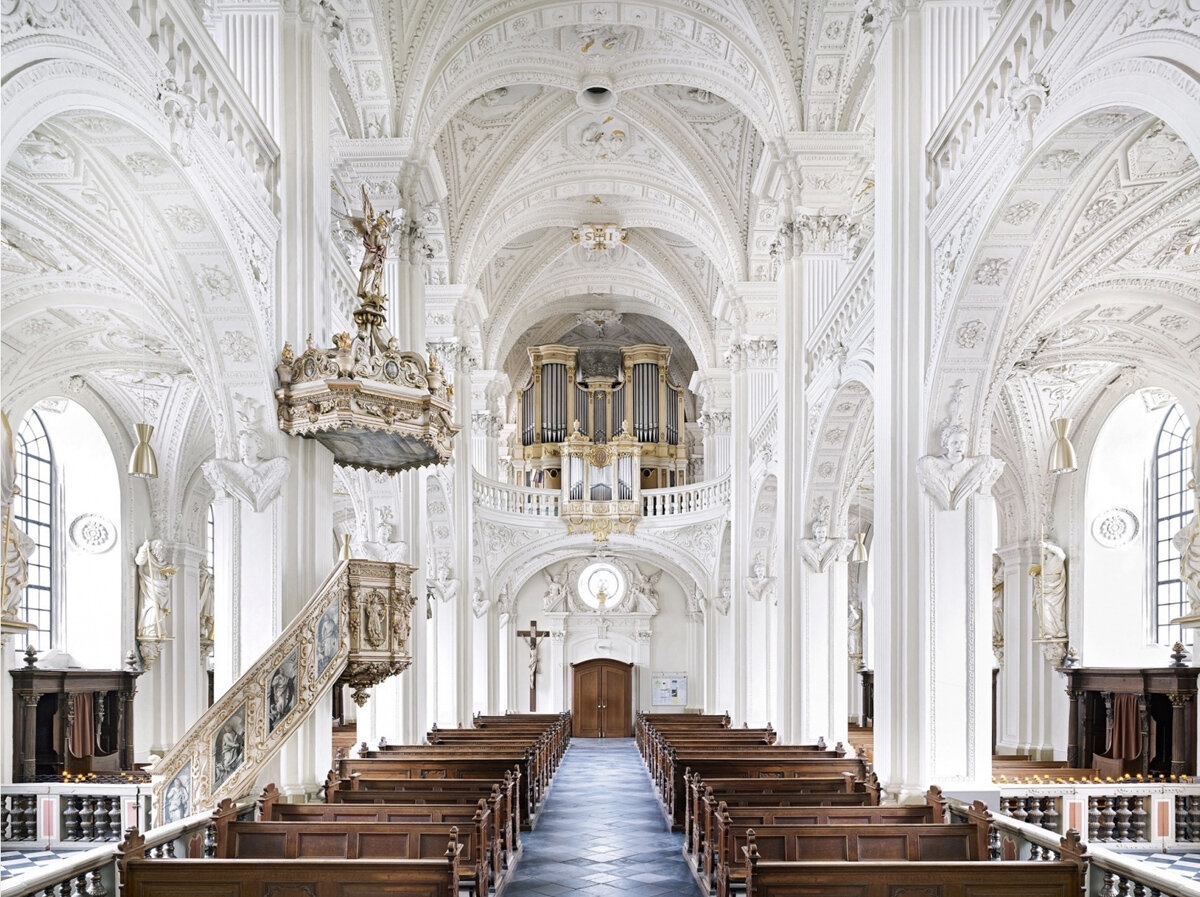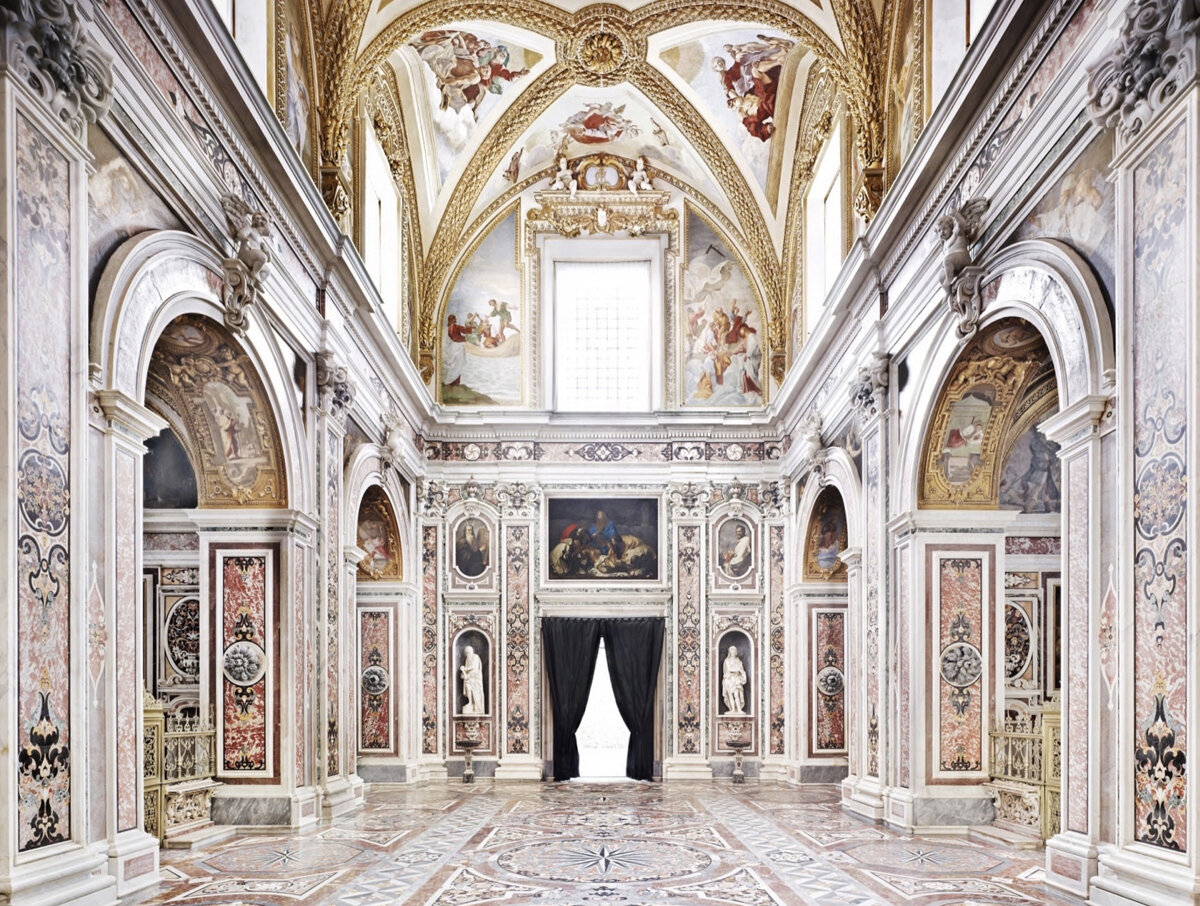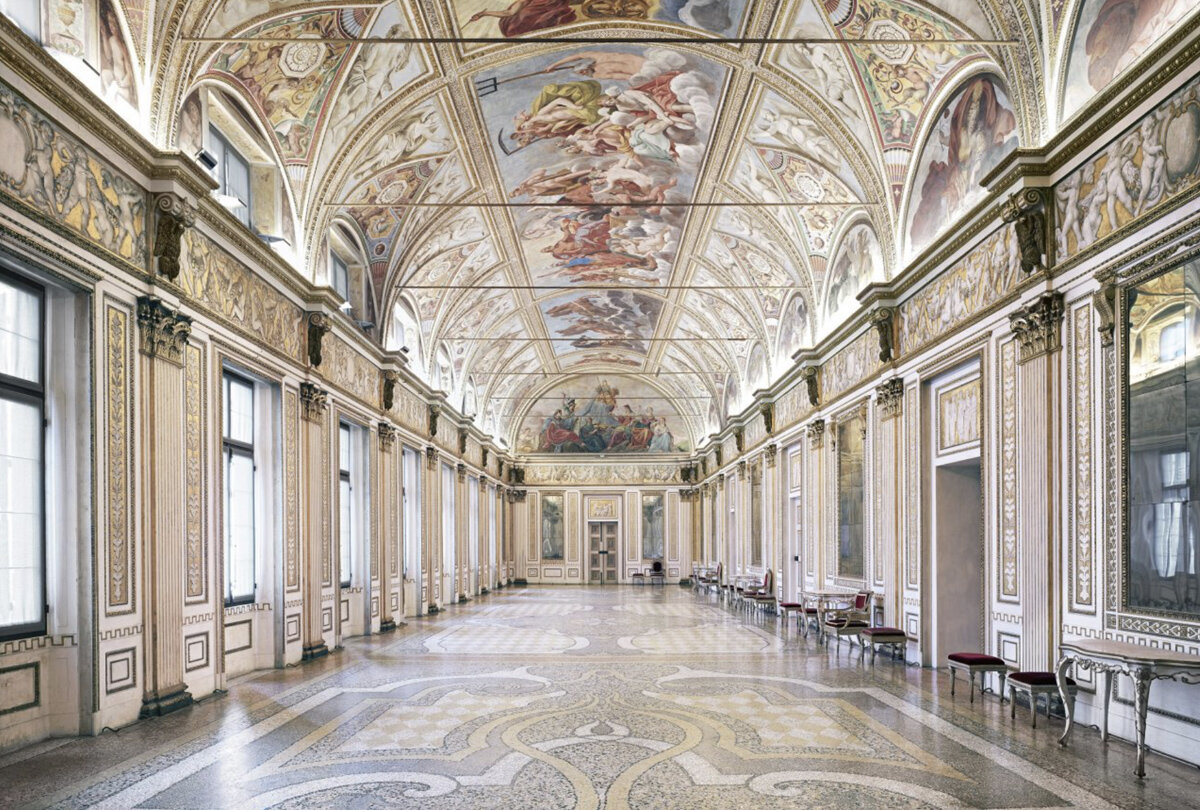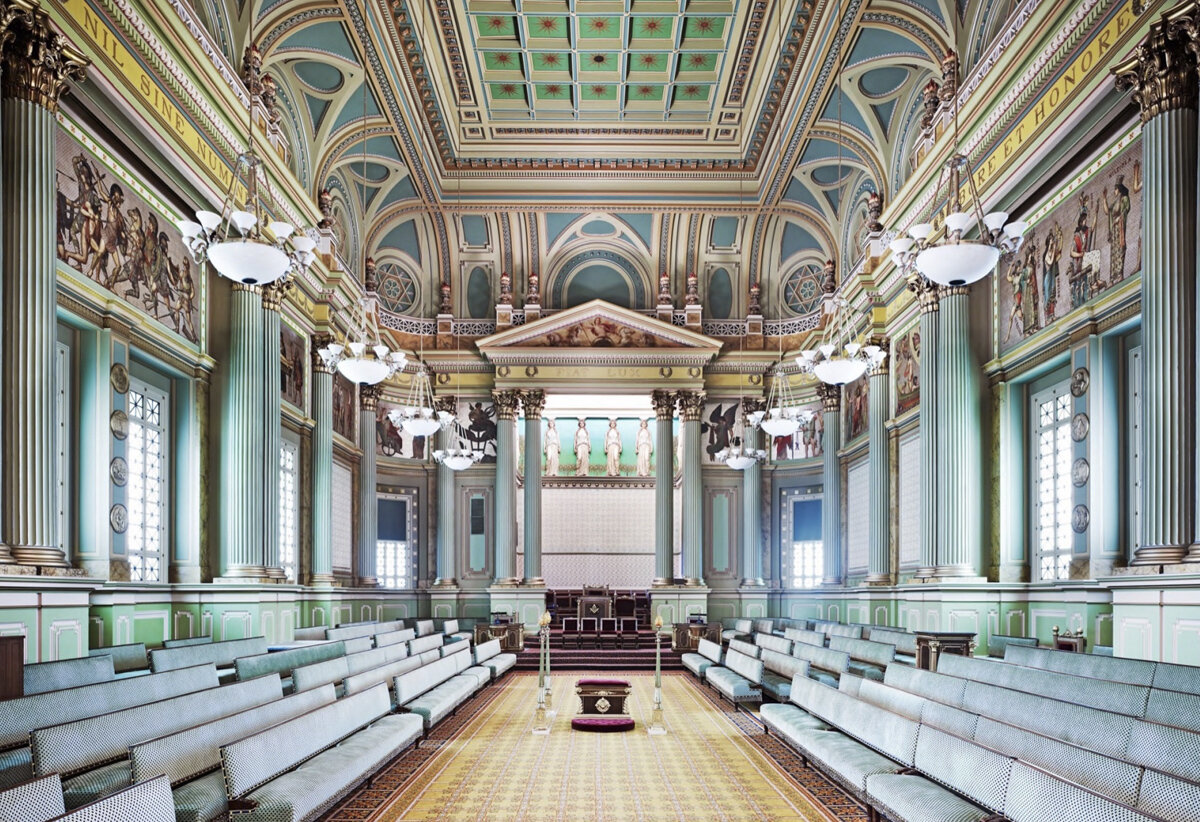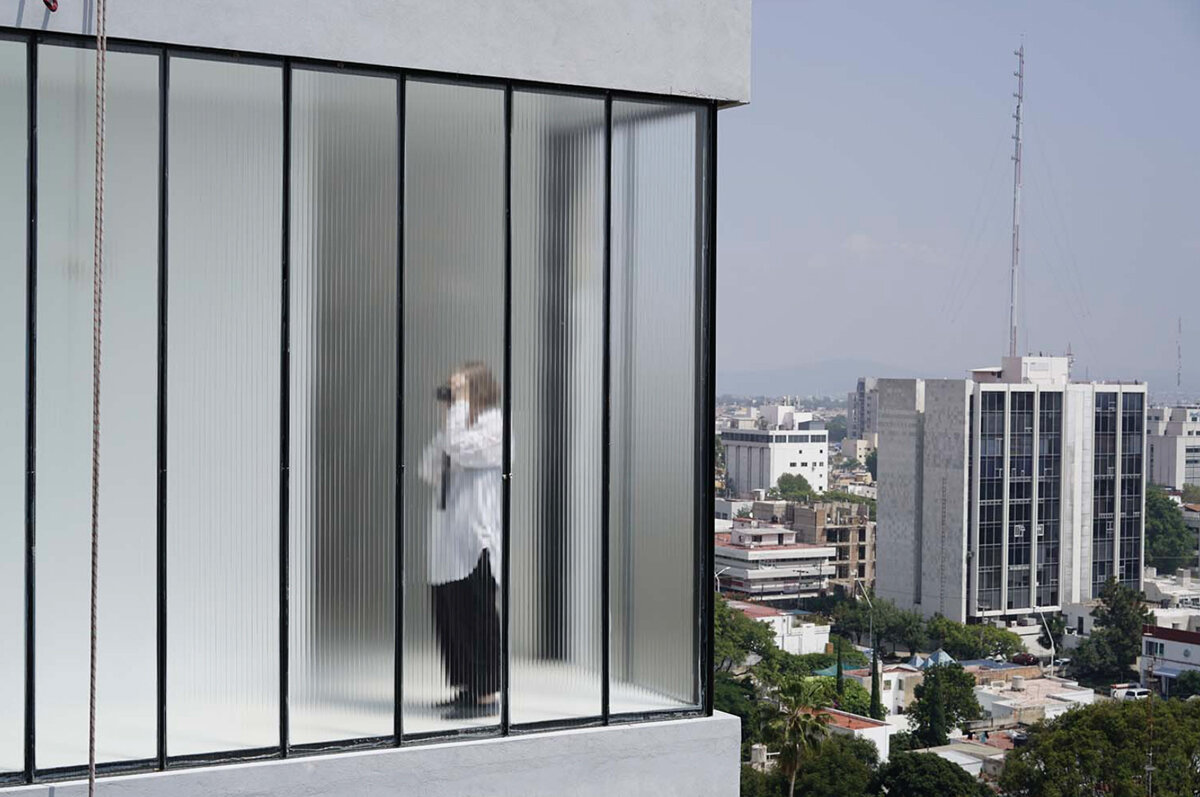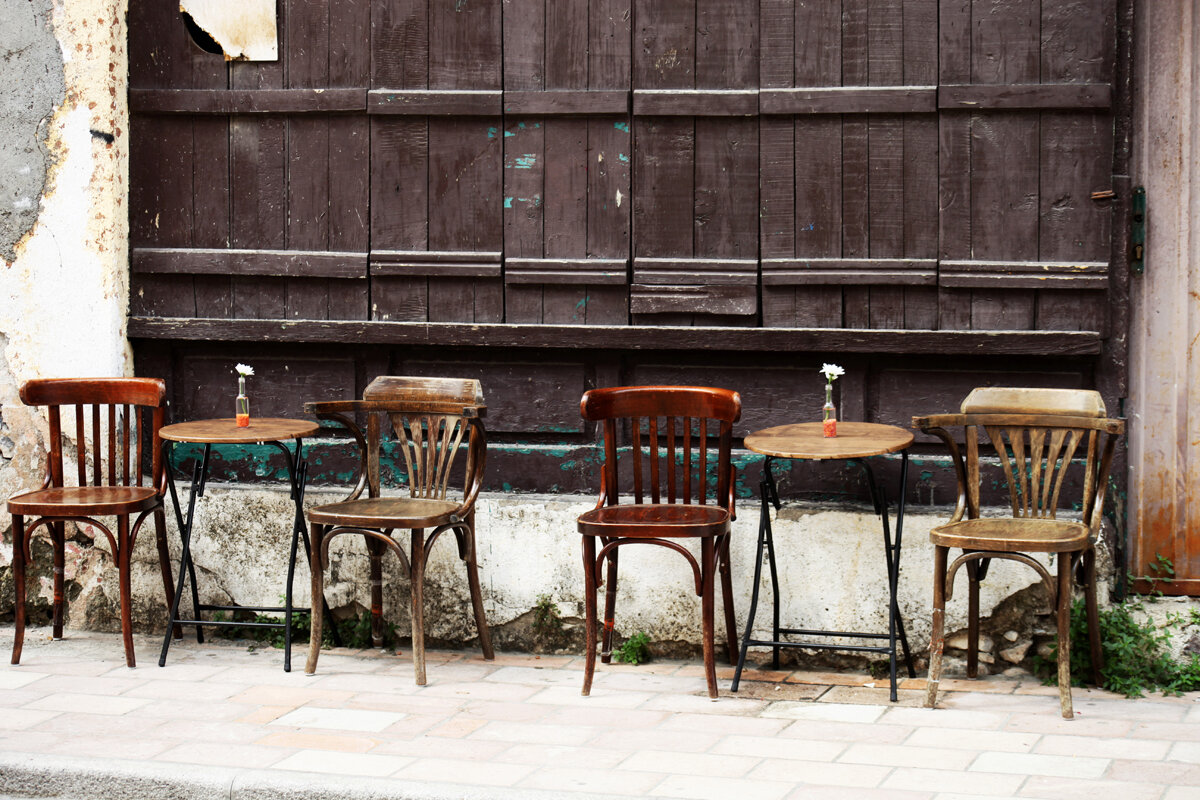Kiosks by Robert Pichler
“Kiosks” is the latest project by Austrian photographer Robert Pichler, presented in Tirana in the form of the photo book Kiosks: Temporary Architecture and Social Living Environments on the Albanian Coast, published by Bahoe Books, Wien, in German, Albanian and English language.
KIOSKS
Temporary Architecture and Social Living Environments on the Albanian Coast
Pichler Robert, Kiosks, temporary architecture and social living environments on the Albanian coast, Wien, Bahoe books, 2025, (in German, Albanian, English) ISBN 978-3-903478-17-6
“Kiosks” is the latest project by Austrian photographer Robert Pichler, presented in Tirana in the form of the photo book Kiosks: Temporary Architecture and Social Living Environments on the Albanian Coast, published by Bahoe Books, Wien, in German, Albanian and English language.
The Albanian kiosks referred to in the book are temporary, improvised structures along the Albanian coast, serving commercial and tourist purposes. As a construction typology, they first appeared in major cities in the early 1990s, coinciding with the country’s transition to a free-market economy and addressing a significant shortage of business premises. Robert Pichler (1), a historical anthropologist who has documented the Albanian transition period since the early 1990s, has observed the kiosk in its evolution, from its beginnings, development and decline. It is interesting how Pichler dedicates this book to the kiosk, precisely at the end of the “kioskization” era in Albania, when it is giving way to another phenomenon, that of concreting and mass tourism. It is precisely about the latter that the accompanying writings of other authors of an urban, ecological and tourism economics nature speak about (2). The Kiosk is the starting point, or the framework that unites these writings as well as all the author’s stories about his encounters with the inhabitants of the coast. In fact, Kiosk is a tribute to individuality, uniqueness, small family businesses, the efforts of Albanians during the transition, but also to simple aesthetics and constructions with minimal impact on nature (3).
The Kiosk was a temporary resident in the Albanian territory, with all its diversity of aesthetics and functionality. It lived for nearly 2 decades, between two different periods, that of the bunkers of the communist regime and the period of the free market economy, characterized by migration and rapid urbanization. My generation is oversaturated with the images of the kiosks, we have even stigmatized as something unaesthetic and informal, outside the rules of architecture and conventional urban planning. However, the kiosk served very well thousands of Albanian families who were left unemployed after the closure of factories and state-owned enterprises after the 1990s. The kiosk is the genesis of small business, the savior of the family economy, a symbol of the beginnings of the free market and individual initiative. The disappearance of the kiosk symbolizes the end of the transition period and the beginning of another era. Through this book, it seems as if the author wants to immortalize in photography the kiosk before it is torn down and disappeared forever. The photographic project speaks of the temporariness but also of what comes next. Although not shown in the photo, the concrete hotels and tourist resorts that have sprouted everywhere on the coast are implied (at least for us Albanians).
The photographs are a tribute to the Kiosk, as a symbol of informality and transience. In contrast, the photographs are carefully composed, with attention to geometry, which enhance aesthetic appeal and meaning. The vantage point is formal; frontal view, as a photo passport. The horizon line is straight, and divides the frame in half, half earth and half sky. The large number of kiosks photographed indicates the need to recognize and systematize them in an almost scientific manner. It reminds me of the photographs of the Düsseldorf School. The author took several years (from 2010 to 2022), many field visits and meetings with residents to photograph them. The autumn season is preferred, in the end of the tourist season, when the beach is empty, which reinforces the feeling of transience and abandonment. The colorful and minimalist photography highlights the design elements and the poor materials used. The narrative of the kiosks is intertwined with the stories of people met in the beach, about the difficulties of transition and everyday life. As an anthropologist and photographer, Robert Pichler combines photographs of the architecture of the kiosks with photographs of portraits of coastal residents, which completes the picture of the lives of ordinary people in the territory of the Albanian coast.
All photos courtesy of Robert Pichler
(1) Robert Pichler is a historical anthropologist and photographer, who mainly deals with migration and transnationalism, family and kinship, nation building processes, also using the medium of photography. His work lies between anthropological/social research and documentary/artistic photography. He has documented the transitional period of the early 1990s, when Albanian society was moving from the isolation of the communist regime to openness. Robert Pichler is member of Balkan Research Unit of the Austrian Academy of Sciences and serves as Chair of the International Association for Southeast European Anthropology (InASEA)
(2) The accompanying writings in the book are by Mamica Burda, Saimir Kristo, Daniel Göler, Dhimitër Doka, Kristi Bego.
(3) “Kioska” was conceived as an exhibition and publication project. A selection of the photographs was nominated for the Photo Graz Biennale in 2016 and presented there for the first time. An exhibition followed in December 2017 at the Zagreb Cultural Centre as part of the Photo Graz selection. In September 2022, “Kioska” was shown at the Off Gallery in Graz , before the traveling exhibition toured several cities in Albania (Tirana, Vlora, Durrës, Fieri, and Shkodra) until December 2023.
Andrea Martino
Andrea Martino is a young Italian photographer with a background in architecture. Born in Naples in 1996, his hometown shaped his worldview, teaching him to observe space and understand the intricate relationships that are created with it. Each shot represents an attempt to absorb the atmosphere of the place, allowing the context to suggest its stories. Photography thus becomes a form of visual narration that seeks to capture the essence of places and human connections in a delicate balance between art and documentation.
Caveat
Andrea Martino is a young Italian photographer with a background in architecture. Born in Naples in 1996, his hometown shaped his worldview, teaching him to observe space and understand the intricate relationships that are created with it. During his university studies in architecture, he developed a parallel interest in photography, using it as a tool for research and documentation. The photographic language became his main means to explore and narrate what he sees through the lens, investigating the physical environment that surrounds, scrutinizing not only the architectural elements, but also the human relationships that interact with space. Each shot represents an attempt to absorb the atmosphere of the place, allowing the context to suggest its stories. Photography thus becomes a form of visual narration that seeks to capture the essence of places and human connections in a delicate balance between art and documentation.
In his photography project Caveat, the eye of the photographer and the sensibility of the architect are visible. We are pleased that Andrea accepted to be interviewed by Tati Space in order to learn more about the context of the project, his photography process and approaches.
Andrea Martino, Caveat 1
Summary of the Project:
Caveat: a Latin word that sounds like a warning, “beware”. It is the title of a photographic series that explores the caves of Vallone di San Rocco in Naples, a hidden and endangered treasure, a challenge for the eye and the memory. The caves are ancient cavities dug in the yellow tuff, the volcanic material that formed after an eruption of the Campi Flegrei about 12,000 years ago. From these caves Naples grew, which used the tuff for its constructions, but which also gave the caves other uses: shelter, workplace, storage, landfill. Today these caves are covered by an urban jungle that hosts an extraordinary biodiversity, but that leaves an open wound in the rock and in history. The photographic series tries to return a historical and formal “portrait” of these caves, showing their architectural, landscape, environmental, social value. The Caves of Vallone present themselves as urban rooms, where space is a void, where air is closed by matter that traces its boundary. A system that has its own logic, its own geometry, its own aesthetics, but that has remained invisible and inaccessible for a long time, and that now proposes itself to discovery and enhancement. This investigation aims to demonstrate that these quarries are an integral part of Naples’ history and culture, but they are also at risk of degradation and oblivion. The quarries are a dormant giant waiting to be awakened with care and respect, not only as geological heritage but also as a custodian of Neapolitan cultural memory.
Andrea Martino, Caveat 2
Tati Space: How came your interest in photographing the Caves of Vallone di San Rocco in Naples? What was the moment of inspiration?
Andrea: In reality, the project came about somewhat by chance. I learned about this place through some friends, and after an initial walk, it was love at first sight. The awareness of the project I was undertaking didn’t come immediately; rather, it emerged towards the end, following a wealth of stimuli that guided my final work.
The photography process was accompanied by an extended period of information gathering and, most importantly, extensive reconnaissance. Navigating within the valley was not easy, especially considering its current state (with paths that are difficult to traverse and hidden by dense vegetation). Initially, when I visited the first quarries, I didn’t have this project in mind. Everything changed when a friend and university colleague, who was working on a design thesis related to the valley, provided additional details and insights for me to continue my research.
Andrea Martino, Caveat 3
Tati Space: Are the Caves you describe a natural monument, or a historical monument, protected by any law, Italian or international? What is their use for the moment? Are they in public or private ownership. Can you give more information to create an idea bout the context?
Andrea: The photography project focuses solely on abandoned quarries. By examining the Urban Implementarion Plan, it’s possible to determine that the quarries are subject to the constraints of Law 1497 of June 29, 1939, which pertains to the protection of natural beauty. Regarding ownership, some quarries are definitely privately owned and fenced (for example, the quarries where buses are located, such as Cava Aloschi, which is also used as a bus depot). Others, however, are difficult to attribute ownership to, as the area underwent chaotic development in the 1960s, making it challenging to identify the owners.
Vallone San Rocco received an interesting recovery project in 2012, following the initial park redevelopment project that began in 2003 and concluded in 2011. Some of the quarries in the San Rocco valley are privately owned and are currently being used as workshops by local artisans.
Andrea Martino, Caveat 4
Tati Space: What was your approach in photographing the Caves, for example the camera that you used, or any other curiosity from the process of photographing them?
Andrea: Regarding my approach to photography, I adopted pure contemplation—a method that characterizes my way of working. Despite using digital technology, I deliberately slowed down, favoring observation. I take only a few photos because I already know what I’m looking for when I shoot. I like to describe my process using the words of Gabriele Basilico: “I arrive at a place and move around like a dowser searching for the right viewpoint. I walk back and forth; the important thing is to find the right balance between myself, the eye, and the space.”
Andrea Martino, Caveat 5
From a technical perspective, I chose to use the square format and black and white to create timeless images. These cavities are portrayed in their entirety, anthropomorphized as an almost maternal figure that, throughout history, provided material and shelter for the growth and survival of the city and its citizens in Naples.
Post-production was equally important, allowing me to organize the narrative and rediscover and appreciate the locations, uncovering elements that had eluded me during the photographic campaign. In my personal projects, I intentionally slow down in all image processing stages, from pre-production to post-production, almost as if I were working in analog. This approach allows me to appreciate what I am representing and avoid a gluttonous collection of images that I would struggle to synthesize and relate to my thoughts.
Tati Space: Thank you Andrea for sharing your work with us.
Andrea Martino, Caveat 6
Andrea Martino, Caveat 7
Andrea Martino, Caveat 8
Andrea Martino, Caveat 9
Andrea Martino, Caveat 10
The Readers can see more of Andrea’s work at his website
Interview by Alketa Misja, for Tatì Space
Leonard Qylafi
Leonard Qylafi (b. 1980) is an Albanian visual artist, whose practice explores several mediums such as photography, painting, video and music, where the theme of the City and its Architecture occupies a certain role. The Photography and Video Projects that reflect on the transformation of urban spaces are (real) ESTATE, Estate, Whispers & Shadows, Solo Show.
Leonard Qylafi (b. 1980) is an Albanian visual artist, whose practice explores several mediums such as photography, painting, video and music, where the theme of the City and its Architecture occupies a certain role. The Photography and Video Projects that reflect on the transformation of urban spaces are (real) ESTATE, Estate, Whispers & Shadows, Solo Show. Deeply linked with personal experience, Leonardi's artworks are a process of research and meditation between subjects and mediums. Since his graduation from the Academy of Fine Arts in Tirana, the Atelie of Painting 2003, Leonard Qylafi has been present in the local and international art scene. During the last years his works have been shown in several galleries and international events, such as: Centre de création contemporane, Olivier Debré, Tours-France (2021); Belvedere 21 Vienna, Austria (2019); NiMAC Cyprus (2018); National Gallery Tirana, Albania (2017); MuCEM, Marseilles, Izolyatsia, Kiev in (2016); The 55th October Salon, Belgrade (2014); Künstlerhaus Bethanien, Berlin and Kunst Raum Riehen Basel/Switzerland (2012); MODEM Centre for Modern and Contemporary Arts, Debrecen, Hungary (2011); TICAB-Tirana International Biennial of Contemporary Art, Bjcm- XIII Biennal of young artists from Europe and Mediterranean, Puglia, Italy and ISCP- New York /USA in (2009) among other places. His work is published internationally and is collected by; The Albanian National Gallery of Art, MuCEM- Musée des Civilisations de l'Europe et de la Méditerranée, Marseille; Contemporary Art museum Belvedere 21, Vienna, video collection and several private collections. In 2017, Leonard Qylafi represented Albania in the 57th edition of the Venice Biennale, with the multidisciplinary project "Occcurrence in the Present Tense" curated by Vanessa Joan Müller. I am very pleased that Leonardi accepted to be interviewed for Tatì Space and talk about his projects in regarding Architecture and Urban Photography.
Alketa Misja for Tatì Space: Hello Leonard. You are a visual artist who explores several mediums, among them Photography and Video. What is the place Photography occupy in your artistic practice? How did you become interested in Urban and Architecture Photography?
Leonard Qylafi: My interest in photography came when I was studying at the Academy of Arts, in the painting atelie. Until then I had an art school education, focusing on drawing and painting. Photography was new to me and took time to master technically and use as a medium for special projects. What I can say is that it has had a huge impact on my practice as an artist either directly or indirectly and remains present in my work. Mainly, special projects that I have realized in photography have always been solutions started from a conceptual approach. In the case of urban photography, it has naturally been part of projects that focuse on urban transformations.
Tatì Space: What is your approach, in respect to Architecture and Urban Photography? You have several projects about the new construction in a rapidly growing city like Tirana. What is the idea, the concept behind these works?
Leonard Qylafi: I have been dealing with urban photography mainly in function of the artistic projects that I have developed. Around 2007-2011, urban space has taken an important place in my projects. The (Real) Estate and Estate projects are based entirely on photography, even though Estate is a photo animation turned into a video. Other projects always with the same theme have been in the form of videos such as Private Show or Whispers&Shadows. In each of them, a special aspect of the relationship we have with the space we live in is addressed, and in particular the idea of change and memory in relation to what we call Polis or city, as a complex entity and an expression of the culture and worldview of human society.
Tatì Space: How do you see the artistic scene in Albania in relation to Urban Photography? (if you can share an opinion). The photo can provoke a thought or nurture a discussion about city's problems. In this sense, what advice can you give to young photographers who want to explore urban and architecture photography?
Leonard Qylafi: Looking at the artistic scene in a general view, I can say that unfortunately there is a total lack of spaces, structures that are necessary for the promotion and exposure of art as a whole and of course contemporary photography. This makes it difficult to recognize and introduce new artist-photographers. The other part that makes it even more difficult, in the case of photography in particular, is its massification as a practice with the development of technology. It would be necessary to create special structures with a focus on photography. Regarding urban and architectural photography, I can say that Tirana today is a very rich subject to explore. I would suggest young photographers to see it as a unique opportunity on which to build their research either in terms of the city as a subject or architecture in particular.
Tatì Space: Thank you Leonard, We wish you all the best for your artistic plans and projects.
Below we give a summary of Leonard Qylafi's works, with regard to Urban and Architecture Photography, focused on theme of City and construction developments.
(real) ESTATE
(real) ESTATE, courtesy of Leonard Qylafi
The series of photographs were developed within a three year period and together with the video works Estate and Whispers & Shadows reflect on the transformation of the urban space in Tirana. In this particular project that was the starting point of my research on this topic the documentary style of photography plays the role of the critical awarnes of how the space is transformed. How a different ecomomic and political system overlapes a previous one. The greenhouse use to exist in suburb of Tirana during the communist regime and now is in a middle of a new neighborhood . This masive transformation more than having a shocking effects rises the question of how much do we participate as people living in a city. Do we decide how this city should be shaped to fit our needs ? Unfortunately the people don't play any role but the spectator.
Whispers & Shadows / 2011 / Video installation / Standard Pal 4:3 aspect with sound / 5:24 min/sec
Fragment from the Video installation “Whispers & Shadows” / 2011 / Standard Pal 4:3 aspect with sound / 5:24 min/sec. courtesy of Leonard Qylafi
The ambiance of the site introduces the viewer with the happening; constructions machines excavating in the ground covered by the darkness of the night. Their loud noises give place to a female voice reading selected text by Aristotle’s Politics. The verses which speak about Polis and the sense of living together sound utopia in the today machine-like model of urban centre where the role of the public seems to get eclipsed somehow. The ideal of living together, sharing the goods and the space sounds like millenniums away indeed, once the noise of the machines is firmly back.
ESTATE / 2007 / Video installation / Full HD (no sound) / 8:58 min/sec
Fragment from the Video installation ESTATE / 2007 , Full HD (no sound) / 8:58 min/sec courtesy of Leonard Qylafi
The silent animation lump numerous photographs making this way notes of the construction process of a massive building. The perceptive aspect of the process becomes a key element of the work. The physical time of a two year process of construction is concentrated in nine minutes of animation but it does so by challenging the viewer attention with an apparently freeze look.
Private show / 2006 / Video installation / Standard Pal 4:3 / Music by Leonard Qylafi / 3:19 min/sec
Fragment from the Video installation “ Private show”, 2006, Standard Pal 4:3 / Music by Leonard Qylafi / 3:19 min/sec. courtesy of Leonard Qylafi
The relations we have with places is very complex and somehow impossible to describe in words. In Tirana where I live is very usual to see buildings demolished for building new ones. This violent transformation impacts the life of people living in the city. When you see that a building that you know is demolished the kind of shock you experience can not be described. This was also the case with the building that becomes the stage of my performance. I go there and play a short music piece I have composed as a memoriam to the relation I use to have with that place
To see more about author’s work on his website: www.leonardqylafi.com
Nick St.Oegger
Nick St.Oegger is a documentary photographer whose work explores the relationship between people and places. A quiet American, as he calls himself in his social media, he has been working in Western Balkans since 2013. In Albania, he has a large body of work about a very sensitive issue: the construction of hydropower projects in the rivers of the region known as the “Blue Heart of Europe”, and the impact they have on the rich biodiversity and the unique culture of inhabitants. Here we present the interview that Nick St.Oegger has given to TatìSpace.
Nick St.Oegger is a documentary photographer whose work explores the relationship between people and places. A quiet American, as he calls himself in his social media, he has been working in Western Balkans since 2013. In Albania, he has a large body of work about a very sensitive issue: the construction of hydropower projects in the rivers of the region known as the “Blue Heart of Europe”, and the impact they have on the rich biodiversity and the unique culture of inhabitants.
He has been working for different clients including: Patagonia, Vice, Reuters, Le Monde, Libération, Polityka, De Standaard, Nieuwe Revu, Huck Magazine, Caritas Albania, The Calvert Journal, Suitcase Magazine, Point.51, Trip Advisor, Kosovo 2.0, Riverwatch, C41 Magazine, and Culture Trip. He has exhibited his work and published a book on Vjosa River. From one year now, he lives in Albania. I am very happy that he accepted to give an interview to TatiSpace and share his work with our readers. Below is the interview.
TatìSpace: Hello Mr.Nick! First of all, thank you very much for accepting the invitation to be interviewed and sharing your work with us. Can you please tell us more about yourself? Do you consider yourself a travel or a reporter/ documentary photographer? How do you define your photography? How did the idea or interest to photograph in Albania come to you?
Nick St.Oegger:I grew up in California, but have been living and working around Europe for about 8 years now, mostly here in the Balkans, but also in Ireland and the UK. When I was growing up, I thought I would become a lawyer and this was how I prepared my education and what I was trying to focus on. However, the last year at university I had a bit of a crisis where I realized this wasn’t what I wanted to do. I was interested in photography, but it had always been just a hobby, I hadn’t thought about it as a career option until I discovered the work of some photojournalists who worked in the Balkans in the 1990s, in Bosnia, Kosovo and here in Albania. I was very moved by this work, and the idea of using images to tell a story, to raise awareness about different issues facing individuals and communities. So this is how I started out in this field, this was the moment I knew with every bone in my body that I wanted to be a visual storyteller. I do consider myself a documentary photographer, I am always trying to communicate a story or shed light on a particular issue, and for me photographs are the way that I do this, though writing is also important to my work.
I first came to Albania in 2013, on my first trip to the Balkans. I didn’t know anything about Albania before, and I was mainly interested in seeing the countries of former Yugoslavia. I saw Albania on the map and asked some people about it, everyone had very negative responses like “Oh you shouldn’t go there because it’s run by the mafia” or “It’s dangerous, you’ll get kidnapped” or “Why would you go to Albania? There’s nothing to see!”
I thought about these things as I was planning my trip, and I intended to avoid Albania. I arrived in Istanbul, made my way to Athens where I booked a flight to Venice and I would spend some time afterwards on the coast of Croatia. But the morning I was meant to leave Greece, I woke up and the very first thought which came to me was “Go to Albania.” It’s hard to explain, it was like some sort of vision, or fate. So I missed my flight, instead, I got on the next bus I could find to Albania and the rest is history. It was really a life changing decision, that first trip to Albania: I met amazing people, I saw how beautiful and unique this country is but how little the outside world knows or thinks about it. So it was that trip that I decided to focus my attention on Albania and the Balkans, because it’s a region that many people simply don’t understand, even in Europe.
TatìSpace: Here in Albania, you have a large body of work that includes a vast geographical area (from North to South), and a variety of themes (from bunkers to rivers to the Albanian Alps). From these, I can identify two main projects that are very sensitive to the Albanian public interest: “The Lament of the Mountains” and “Kuçedra”. What started out the idea to work on these projects? Was it commissioned or was it a personal project?
Nick St.Oegger: Yes, both these projects are long-term personal projects that I started on my own and then received further support for. Both of these projects started in a rather organic way. When I first came to Albania, I remember taking the bus from Gjirokastër to Tirana, and passing the Vjosa at Tepelenë. I remember the colour of the water; it was like nothing I had seen before. Several years later I was reading a magazine back in the US and I came across a short article about the Vjosa, how it was one of the last free flowing rivers in Europe, but that the government was planning to build dams on it. I realized this was the river I had seen on my first trip, and I felt a strong desire to return, to document the river, the landscapes, the people along its course. Again, it was this sense of fate, I think. In working on the project I now feel this very strong connection to the Vjosa, and whenever I return it feels like visiting an old friend.
Similarly, “Lament of the Mountains” was produced several years later, after I met an anthropologist who was working in the Kelmend region and she told me about the situation of the rivers there; that they are also building these small hydropower dams. She told me about the culture in the valley, how people are still so connected to the land, how they move with their sheep to the high pastures in the summer. I felt like this was another story I had to tell, because for me the mountains are such an important part of Albania, as well as this very strong rural culture and connection to the land.
TatìSpace: In both projects there is an interconnection between the general view (environmental, political, economical) and the personal view (the impact that the projects have on people’s lives). This gives them an intricate beauty. You skip from landscape photography of large panoramas to close up portraits of mountaineers and peasants living near Vjosa. Have you found difficulty approaching this kind of photography? Can you share an episode that impressed you in particular, for example meeting with villagers or authorities? Also, did you have any problems or incidents with groups or individuals that supported the dam projects?
Nick St.Oegger:Yes, that’s right, and I think it is precisely this interconnection that is so unique and important in Albania. Outside Tirana, there are still many places in the country that are very rural, where people are still living rather traditional lives, working with the land. Yes, there are negatives that come from this life, such as poverty and other problems, but I think the way that many people still live with the land in Albania is unique, and people take pride in this work, they feel a strong connection to their land and the history behind it. So for me, especially with these two projects, it is very important to show the people in context of the land, to show that it is not just one or the other that is being threatened, it is both, because of the strong interconnection between environment and people in Albania. And this connection is exactly what is being threatened by so many proposals, whether it’s by the government, or foreign investors.
It can be difficult to approach this kind of photography. I spend a lot of time trying to work in small communities, to gain people’s trust, which is hard to do in Albania. I think there is a lot of mistrust, because of the history with communism, but also the recent history. People are used to foreign journalists coming, they take some photos for a few days, and then they leave. I have always tried to build stronger relationships with my subjects, to try to get to know them as humans first. I always try to return when I can, to give them prints of some of the photos I took of them. Another important aspect for me has been learning the Albanian language, which is difficult, but it has opened up so many doors. I think because the language is so important to people here, they trust me more when they see I am trying to speak to them in their own language.
Probably one of the most impressive experiences was when I stayed with the shepherds in Kelmend during the summer. We migrated with a herd of 200 sheep, I walked 40km with them to their shelter near Lepushë. It was beautiful to spend time with them there, to see the way they care for the sheep and their families, to see the way the children help with everything and how much knowledge they have about the environment, the weather, how they take care of themselves and fix things. Before this, the ‘malësorë’ were a bit of a mystery to me. I only heard some stories and stereotypes, so it was an amazing experience to see the reality of their lives and I was very honored that they gave me their trust and allowed me to stay with them and photograph.
TatiSpace: Your “Kucedra” project has been exhibited and published in a book. Can you tell us something more about it? How do you find this aspect of photography, when projects communicate to the public? Did the project have an impact?
Nick St.Oegger:That’s right, I published “Kuçedra” as a book first in 2018 and I have exhibited the work several times as well. For me it was very important that these photos go into the world in a physical way, not just on people’s screens. Publishing the book allowed me to raise awareness about the Vjosa, and the issues related to hydropower development on an international scale. I was lucky to partner with Patagonia and Save the Blue Heart of Europe campaign, so the book was distributed around the world, including to members of the European Parliament who have been trying to convince the Albanian government to save Vjosa.
Exhibiting the work has also been important, especially the exhibitions in Greece and Albania. For the Greeks it was a chance for them to see something of Albania, which is so close yet so far (a place many of them wouldn’t consider visiting). I had several people look at the photos and tell me “You know, these places could also be here. We are not so different” and this was very nice to hear, given some of the historical conflicts and tensions that exist between Greece and Albania.
It was so important for me to exhibit this work in Albania as well, so that everyday people can see the beauty of their own country in a way that they might not have previously done. It was really a nice experience to speak with people at the exhibition and to see that they have some connection to my work, to see how it makes them consider their country in a different way. That was very important to me, because I want my work to speak to Albanians. I don’t want it to be just for foreigners to see this “exotic” location. I hope that my work also connects with regular Albanians as well.
TatìSpace: Can you share something more about your next projects or exhibitions (if you prefer)?
Nick St.Oegger: I am planning to start writing another book about these last 8 years working in Albania. It will be a mixture of photos and personal stories from my time in the country. It’s something I’ve been wanting to do for some time. I also will have some more work related to hydropower, documenting areas where rivers have been destroyed by dams. So in a way I am still continuing with this work that I started years ago with “Kuçedra”, and it’s good to continue following this issue with hydropower and the effects it has on communities and the environment in Albania.
I hope to also continue with exhibitions, which unfortunately hasn’t been possible during the pandemic, but maybe as the situation improves it would be great to show more of my work both in Albania and abroad.
TatìSpace: Thank you very much for the interview and hope to see more of your work about Albania.
An overview to the main projects of Nick St.Oegger in Albania, “Kuçedra”and “The Lament of the Mountains”. More can be found in his website: www.stoeggerphotography.com
In “Kucedra” series, Nick St.Oegger explores thelast wild river of Europe: Vjosa (in Albania), and the proposed hydropower projects along its route that will alter the flow of the river, harming the rich and unique biodiversity within it and displacing thousands of people due to the creation of reservoirs. A key source of life for numerous endangered plant and animal species – many of which have disappeared from the rest of Europe’s rivers –Vjosa also holds cultural and economic significance for the rural communities along its banks, which once played an important role in Albania’s agricultural industry. Through landscapes, portraits and interior details, he portrays the environment of Vjosa in its natural state, as it faces the threat of being changed forever.
The Vjosa river near the Greek-Albanian border. Despite willingness to declare the river a national park in 2015, the Albanian government issued a contract to build a new hydropower dam at Poçem. The European Parliament has demanded the government to stop the plans for hydropower on the Vjosa, noting the environment damage it would cause. Copyright © Nick St.Oegger
Interior Bënça. Locals in the village have protested a hydropower that will divert water from nearby Bënça tributary, which feeds into Vjosa. The loss of water from this river could have severe negative consequences for the agriculture. Copyright © Nick St.Oegger
Ronja, a retired teacher in Kuta. Like many in the village, she does not hold title documents for her land, due to the administrative chaos that followed the fall of communism in the 1990s. This would complicate any attempts to claim compensation for land lost in the creation of the Poçem reservoir. Copyright © Nick St.Oegger
Përmet, a cultural hub in southern Albania, well-regarded for its traditional music, art and slow-food practices. The Vjosa is integral to plans for growing the areas’s tourism industry, with the river seen as an important draw for rafting and kayaking excursions. Copyright © Nick St.Oegger
Bridge over the Vjosa at Novosele, near the delta. Dams would increase riverbank erosion in downstream areas, meaning the already flood-prone delta region could see increasingly destructive flooding events in the future.
Abandoned petrol station on the road to Kuta. The road that links Kuta to the national highway is of poor quality, and has made shipping agricultural products impractical. Copyright © Nick St.Oegger
Romina Mustafaraj, government representative for the village of Kuta. Romina has campaigned for infrastructure improvements in the village, including maintenance of flood-prevention systems, and repairs to the main road linking the village to the national highway. However, no investment has been made by the central government. Copyright © Nick St.Oegger
Kuta, Village in Mallakaster county. During communism, Kuta was an important farming village, and went through significant development in the first decades of the regime. However, the area has been in decline since the end of communism in the 1990s. Copyright © Nick St.Oegger
Mercedes in the village of Kuta, near the proposed Poçem dam. Around 3,000 people living in Kuta and the surrounding area could be affected if their land is flooded by a reservoir. This would mean the end of the area’s agricultural production, the only industry most have known. Copyright © Nick St.Oegger
Farm in Kuta, near the proposed dam at Poçem. The reservoir created by the dam would permanently flood agricultural land in the area. Copyright © Nick St.Oegger
“Without our land we have nothing”. Ylli and her family raise sheep and grow crops on land that would be flooded by a reservoir. There are few non-agricultural jobs in Kuta, meaning locals could have to relocate from lands their families have lived and worked on for generations. Copyright © Nick St.Oegger
Fisherman’s shelter constructed between two communist-era bunkers in the Vjosa delta. Fishing along the river plays an important part in the local economy, and has already been negatively impacted by unregulated practices, such as dynamiting. Furthermore, damming the Vjosa would be detrimental for species such as the endangered European eel, which migrates along the river to spawn. Copyright © Nick St.Oegger
Scientists traveling on the Vjosa near Poçem. Because Albania was isolated by the communist rule of Enver Hoxha, much of the river and its environment remain unexplored. An international team of scientists and NGOs has been compiling data on biodiversity and the river’s morphology, to use as part of a case for preserving the Vjosa. Copyright © Nick St.Oegger
Dam construction site near Kalivaç. The project began in 2007 as a collaboration between Deutsche Bank and Italian businessman, Francesco Becchetti, but was stalled for several-years after charges of fraud and money-laundering were brought against Becchetti. He has denied these charges. The Albanian government nulled the contract and a new one was awarded to Turkish Ayen energy, who also hold the contract for the Poçem dam. Copyright © Nick St.Oegger
Fields between Kalivaç and Kuta, which would be lost to flooding for the reservoir created by the Poçem dam. Electricity generation could come to a standstill within 30 years due to sediment built-up in the reservoir. This would require expensive and invasive dredging equipment to be brought into the area in order to clean debris. Copyright © Nick St.Oegger
In “The Lament of the Mountains” photography series, Nick St.Oegger looks at ‘malësorët’of Kelmendi, a true pastoralist shepherd culture, and one of the last in Europe, whose economy is threatened by a dozen of dams planned to be constructed along alpine rivers. As government receives subsidies and loans from Western banks to solve the energy crisis with the construction of small scale hydropower plants, there is no public consultation for evaluating how it will affect the rich biodiversity and the lifestyle of highland shepherds. In Italy, Austria and Greece, UNESCO has recognized for protection the practice of pastoral shepherds, but there is no such status in Albania, which make their existence even more difficult.
Koprisht, Kelmend Region, Albania. Historically one of the most isolated regions in the country, most of Albania’s Northern mountains were never fully conquered during the Ottoman Empire’s 500year reign. The highland ‘malësorët’people have fiercely defended the region for centuries, operating under a strong system of tribal alliances. Copyright © Nick St.Oegger
Gazmend Bikaj collects brush from the surrounding forests to construct a roof over a livestock enclosure in Koprisht, Kelmend region, Albania. Gazmend is a shepherd from Kalsa, a hamlet some 30km away, where he lives with his family most of the year. During the summer months they migrate to an encampment in the high pastures of Koprisht, taking a flock of sheep that belong to a farmer from the lowlands. Copyright © Nick St.Oegger
During the summer, shepherds live in the high mountains in a temporary shelter called a ‘stan’. The structures are basic with an exposed dirt floor, stove and loft area for sleeping. Copyright © Nick St.Oegger
Fonsi Bikaj moves a herd of sheep along the road from Tamarë to Koprisht, 35km away. Earlier in the day his father Gazmend had taken the sheep from their owner in the lowlands outside the city of Shkoder and walked with them into Kelmend. This process of transhumance has been practiced in the mountains for hundreds of years and risks dying out due to a decreasing population as well as threats from climate change and hydropower development. Copyright © Nick St.Oegger
The site of a small scale hydropower plant in between the villages of Tamarë and Selcë, Kelmendi region, Albania. Small scale hydropower dams involve construction of several kilometers of pipeline that would divert the river underground, potentially drying out large sections of it and affecting the delicate biodiversity in the area. There are also concerns about the effect this would have on the local endangered trout population, which migrate along the river. Copyright © Nick St.Oegger
A completed section of pipeline for a small scale hydropower plant near the village of Selcë, Kelmend region, Northern Albania. River water will be diverted into these pipelines to generate electricity at a power station downstream. Locals worry about the effects this will have on their access to water, which is critical for agriculture and raising livestock. Copyright © Nick St.Oegger
Cousins Gjyste and Age Murçaj, in the village of Vukël, Kelmendi region, Albania. Emigration from the region has left a mainly ageing population, who often rely on family members living abroad for financial support. Copyright © Nick St.Oegger
Anjeza Bikaj shakes out a tablecloth near the family’s summer encampment, Kelmendi region, Albania. Anjeza and her siblings take turns helping with household chores, milking the sheep and taking them into the surrounding mountains to graze. Copyright © Nick St.Oegger
Albana Bikaj shares a moment of laughter with her sister Anjeza as the two make homemade playing cards at the family’s summer shelter in Koprisht, Kelmend region, Albania. Copyright © Nick St.Oegger
Wilson Bikaj, one of Gazmend’s sons, help round up sheep in an enclosure in Koprisht, Kelmend region, Albania. The entire Bikaj family takes part in the process of caring for and grazing the sheep during the summer months. Copyright © Nick St.Oegger
Rest near a café on the banks of the Cemi river, near Kozhnje. The region has seen an exodus of young people in recent years, with some 60% of the population of Kelmend emigrating, many to the United States. Job opportunities are limited and poverty levels remain high in the region, which has seen little development since the fall of the communist regime. Copyright © Nick St.Oegger
High pastures above the treeline near Lepushë, where several shepherds have their summer encampments. Historically the Albanian Alps have also been known as Bjeshkët e Nëmuna (the Accursed Mountains), owing to their isolation and difficult terrain. This has left the area largely untouched until recent plans to construct hydropower dams on several of the region’s rivers. Copyright © Nick St.Oegger
Candida Höfer
Candida Höfer is a german photographer, considered as one of the main figures in contemporary architecture photography. Her subjects are the main public institutions in the absence of human presence; museums without visitors, libraries without readers, concert halls and empty churches.
Candida Höfer, selfportrait
Candida Höfer
(Germany 1944-)
Candida Höfer is a german photographer, considered as one of the main figures in contemporary architecture photography. Her subjects are the main public institutions in the absence of human presence; museums without visitors, libraries without readers, concert halls and empty churches. Her color photographs in large format suggest the psychology of social architecture. She prefers frontal symmetry, captured from a high vintage point, and scrupulous details. About her photography she says: “I want to photograph how people behave in public buildings, and how these spaces influence people - to me this is evident when there are no visitors, just as a guest becomes the subject of a conversation when he’s not present ”. Although Höfer photographs the architecture of public buildings, she says that she wants to capture the portraits of the places.
Candida Höfer is a german photographer who belongs to the Dusseldorf School. Together with Struth, Gursky, Ruff, she studied under the direction of Bechers couple, where she distinguished for her color photography in large format. Her works have been displayed in many museums. In 2003 she represented Germany at Venice Biennale.
Selected Books by Candida Höfer
"Big cities in my eyes" - photography Meti Spahiu (English)
At TATÌ SPACE we are opening a new series of blogposts on Albanian emerging photographers in the field of Architectural Photography. Meti Spahiu is a recent graduate architect at the Technical Faculty of Vienna (TU WIEN), who pursues the passion of Architectural Photography. The subject of his photograph are the residential and commercial buildings in Vienna and other European cities.
At TATÌ SPACE we are opening a new series of blogposts on Albanian emerging photographers in the field of Architectural Photography. Meti Spahiu is a recent graduate architect at the Technical Faculty of Vienna (TU WIEN), who pursues the passion of Architectural Photography. The subject of his photographs are the residential and commercial buildings in Vienna and other European cities. Born in Kamenica, Kosovo, where he lived until the age of 25, Meti moved to study and live in Vienna, Austria. He sees his journey in architecture closely linked to photography. His black and white photographs express the verticality and horizontality in architecture, reinforcing the aesthetic of the building. As he says, “The idea of my photographs is to bring beautiful images, to draw the public's attention to the aesthetics of the objects photographed. I would like people who pass every day carelessly near a building to discover the beauty of its architecture when they see the photograph. "For me, photography is a field that will never disappoint and that will go hand in hand with the profession of architect."
City gate Aderklaaerstrasse - Vienna, © Meti Spahiu
Fernheizwerk Arsenal - Vienna, © Meti Spahiu
Harry SeidlerTurm - Vienna, © Meti Spahiu
JanisJoplin Promenade - Vienna, © Meti Spahiu
Leonard-Bernstein-Strasse - Vienna, © Meti Spahiu
Maintrain Station -Vienna, © Meti Spahiu
Olympiahalle 6020 Innsbruck, © Meti Spahiu
Strasse der Wiener Wirtschaft - Vienna, © Meti Spahiu
The stairs school “Eusebio da Guarda”, © Meti Spahiu
Via Dell’annunciata Milano, © Meti Spahiu
Photography Exhibition SUMMER IN CITY 2020
Online Photography Exhibition “SUMMER IN CITY” 2020
TatìSpace presents the second online photo exhibition with the theme "SUMMER IN CITY". In these difficult pandemic times for the whole world, we asked photographers from all over the world, professionals and amateurs, of different ages and professions, to respond to the theme of the city during summer. This summer was unusual for all of us. In absence of freedom of movement and the many problems that the pandemic brought, our lives were not the same. Most of us were forced not to travel as usual but to stay in the same place of residence, being adopted into a new relationship with the city and its fellow citizens. In this period, photography remained a faithful companion and a worthy visual reflection of our experiences in this new relationship between citizens, society and territory. Hoping that you will enjoy in this Exhibition pieces of different experiences from the participating photographers, we thank all the artists who responded to our invitation.
Thank You!
TatìSpace
Author: Rozafa Shpuza
Title: “Waiting”
Place: Shkodër, Albania
Description: The pandemic made the city anxiously await people's steps, smiles, haste, conversations. Everything fell silent and the empty chairs waited in hope that they would be accompanied again by the people, who would sit carefree to drink a coffee.
© Rozafa Shpuza “Waiting”
© Genta Karanxha “Late Night Walk”
Author: Michelle Mayer
Title: “Border Crossing”
Place: Border of Hoboken and Jersey City, New Jersey
Description: Fewer cars traveling on now uncrowded city streets has meant cleaner air and a drastic rise in birdsong this summer. Here at what is normally an excessively busy intersection -- busy with cars and pedestrians below and a light rail above -- two pigeons relax, despite momentarily eyeing a curious photographer as she passes the border between Jersey City and Hoboken, New Jersey.
© Michelle Mayer “Border Crossing”
Author: Rudina Aleksi
Title: “Escape from the City”
Place: Toronto Canada
Description: Photo taken from Toronto Centre Island. Centre Island is a 10min boat ride from Toronto Harbourfront and offers spectacular views of the Toronto skyline. Everyone wants to escape sometimes.
Rudina Aleksi graduated in 1995 from the Polytechnical University of Tirana, with a degree in Architecture, major Urban Planning. She has worked for two years in the Urban Planning department of the city of Fier, before moving to Toronto, Canada, where she has been living for 22 years. Architectural firms where she has been working include PDA Architects and HOK Canada. Currently, she has been working with BH Architects for almost 11 years now.
© Rudina Aleksi “Escape from the City”
Author: Albert Cmeta.
Title: “Kids find game everywhere”
Place: Former fields of aviation, Tirana
Description: The children of the neighbourhood, at the former aviation field, in absence of games dedicated to this age group, found a fun way to play (jumping on the fountains, since it was summer, refreshing themselves at the same time :-)). Children have the ability to turn everything into a game ...
© Albert Cmeta “Kids find game everywhere”
Author: Doriana D. Musaj
Title Photo 1: “The wall of tears”
The logo of the 100th anniversary of Tirana as the capital used as a seal for the crime committed, that of the destruction of the Theater on May 17, 2020. The first summer without a Theater.
Title Photo 2: “Postcard Tirana 2020”
The last image of the City Clock without the towers, shadowing its era. The classic black and white postcard of Tirana ...
Title Photo 3: “Graffiti”
Puppet Theater Square at noon, in a day of July, a favorite place of teens who use graffiti to scream against the conventionality of their time.
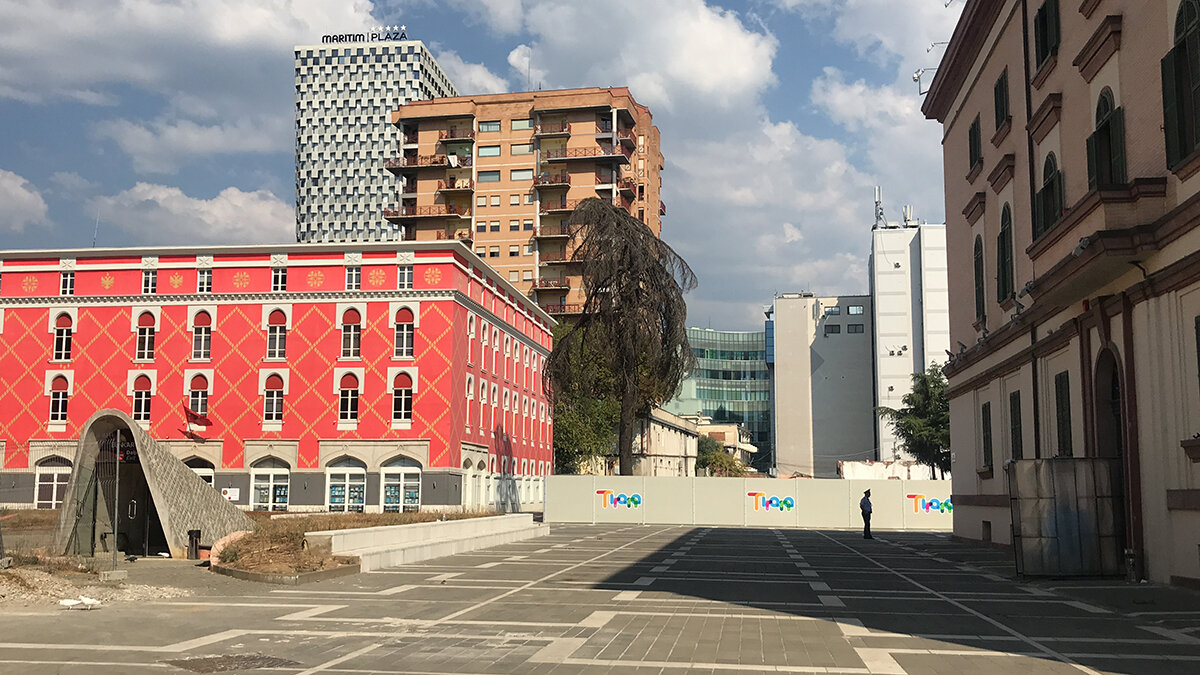
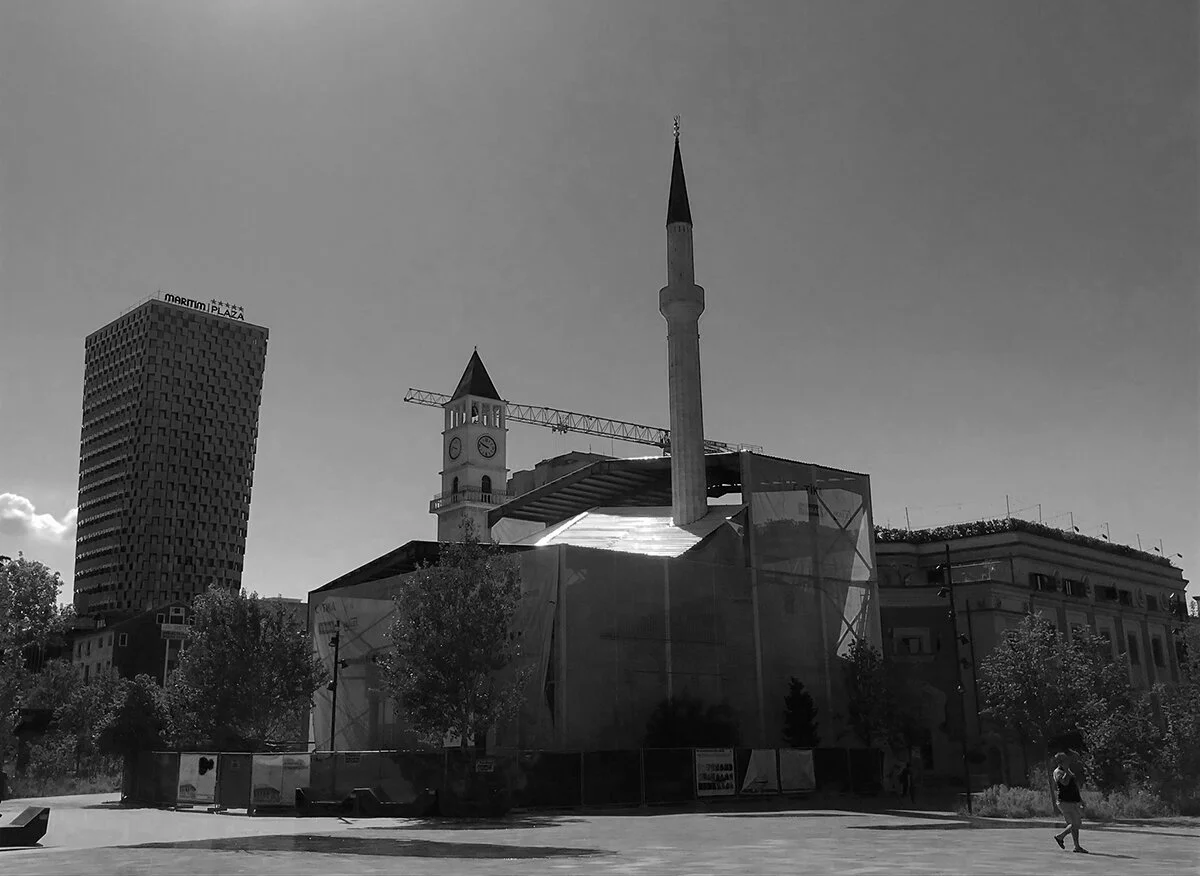
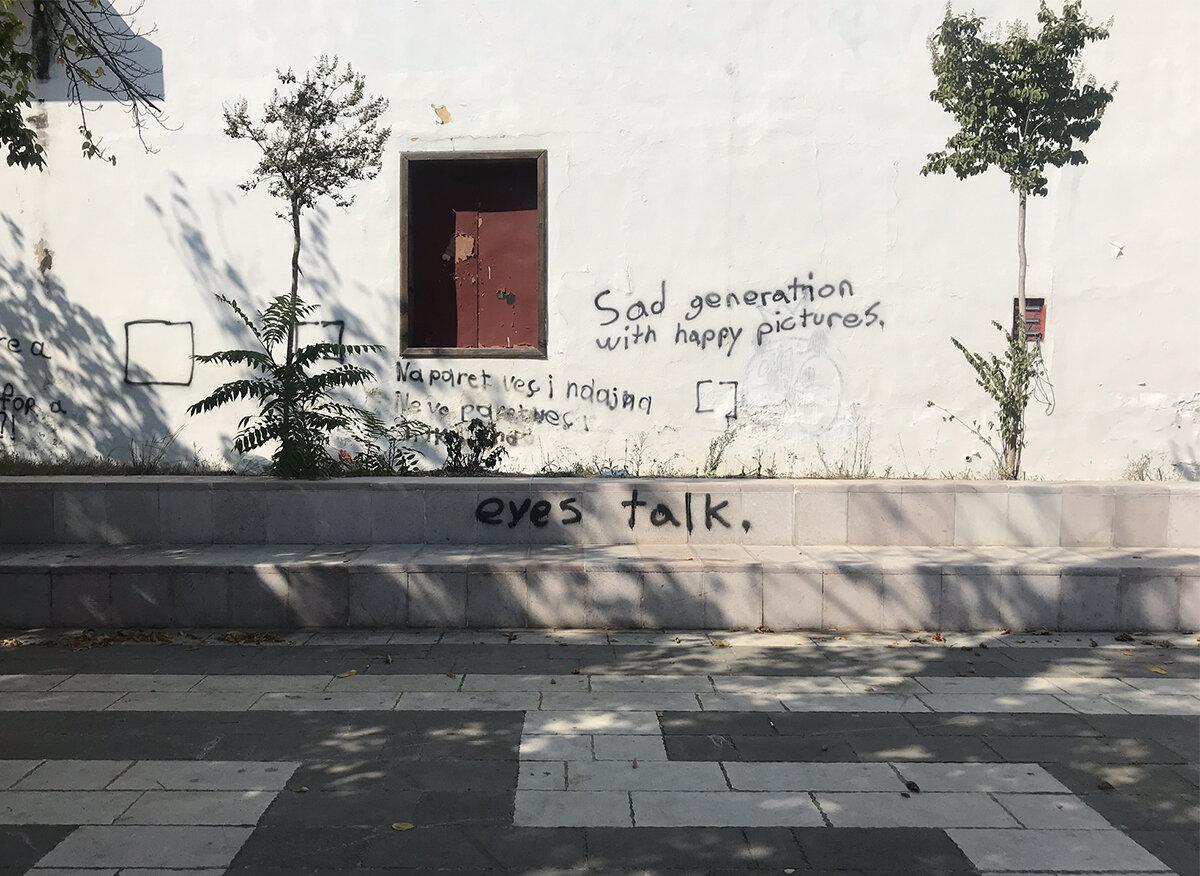
Author: Loreta Çapeli
Title: “A little of Corbusier in the City”
Place: Tirana, Albania
Loreta Çapeli is an architect, lecturer in the History of Architecture, at the Faculty of Architecture and Urbanism of the Polytechnic University, Tirana. Her main areas of research are the History of Architecture, both, of the World and the Albanian one, also the critics and the architectural analysis of built typologies, the re-evaluation and restoration of the monuments of cultural heritage.
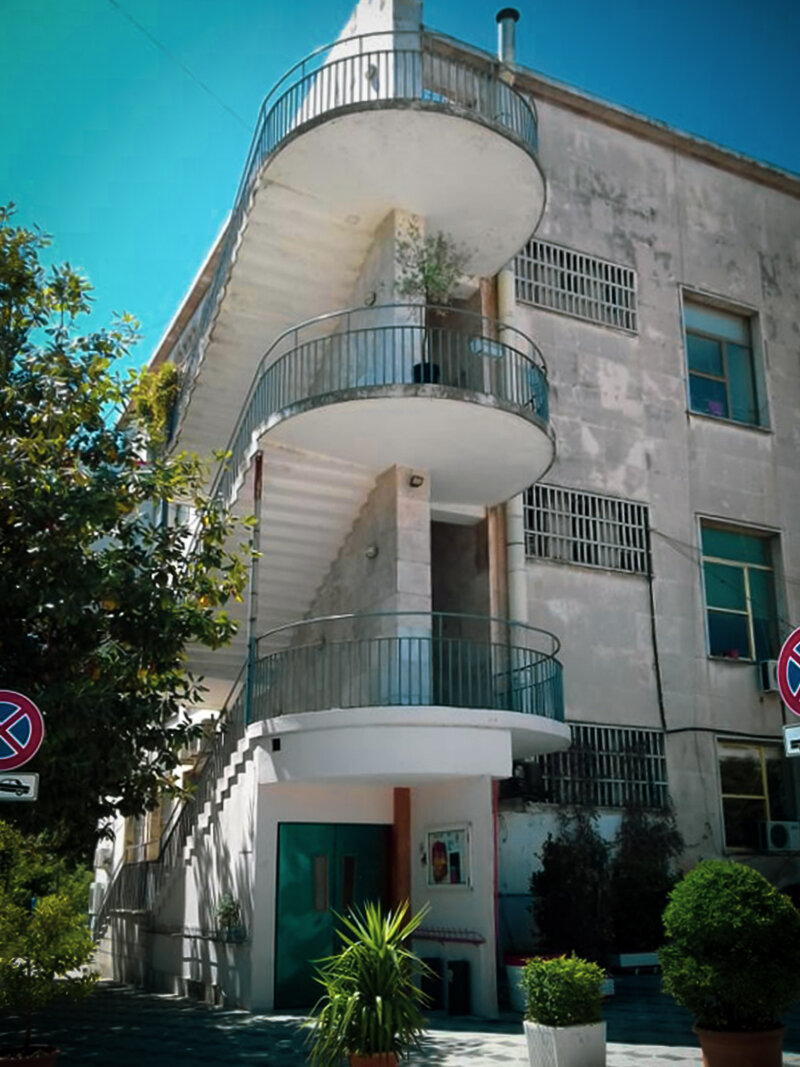
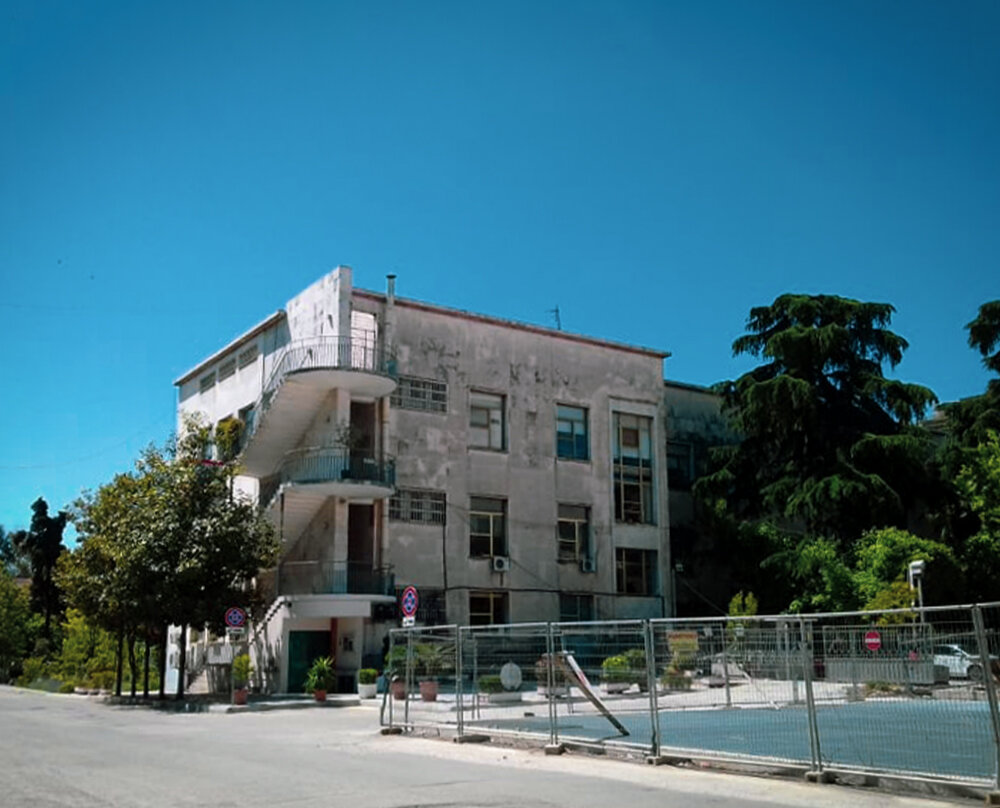
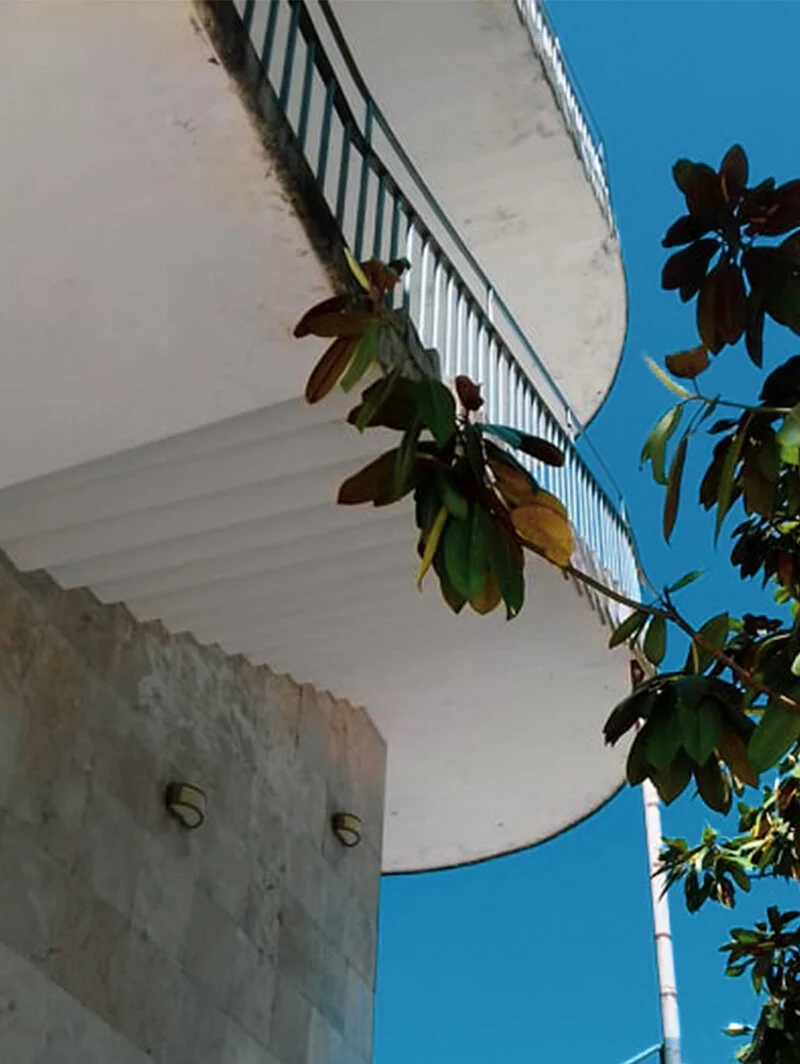
Author: Miranda Haxhi
Title: “A summer day in the surrounding hills of Tirana”
Place: Tirana Albania
Miranda Haxhi is an architect urban planner, she has worked at the National Institute of Urban Planning in Cities and Coastal Development Plans.
© Miranda Haxhi “A summer day in the surrounding hills of Tirana”
© Alketa Misja, Himara by Night
Gabriele Basilico
Gabriele Basilico is an italian photographer known for its urban and cityscape photographs. He is one of the best european and international contemporary photographers of the 20th century. Graduated as an architect from the Polytechnic University of Milan in 1973, he devoted his entire career documenting urban and metropolitan landscapes transformed from an industrial to post-industrial society.
Gabriele Basilico
(Milano 1944-2013)
Gabriele-Basilico, Portrait 2012, by Giorgia Fiorio
Gabriele Basilico is an italian photographer known for its urban and cityscape photographs. He is one of the best european and international contemporary photographers of the 20th century. Graduated as an architect from the Polytechnic University of Milan in 1973, he devoted his entire career documenting urban and metropolitan landscapes transformed from an industrial to post-industrial society.
© Gabriele Basilico, Milano Ritratti di Fabbriche, 1978-1980
Documenting the urban change was his main objective. In his autobiographical book "Architecture, Cities, Visions: reflections on photography" he states : “I had given myself a kind of mission, to witness how urban space changes… Cities resemble each other, but they are not all the same: there are social differences, of history, of size, of latitude, of climate. I think that urban space, subjected to an unprecedented change in history, presents itself as a real metaphor for our society, which certainly deserves to be observed with great attention”.
© Gabriele Basilico, Milano 1973
On the issues of transformation, shape and identity, Gabriele Basilico has published over 100 photography books during his 40-year career. The main cities he has documented are Milan, Rome, Bari, Barcelona, Berlin, Madrid, Lisbon, Naples, Hamburg, Beirut, Genoa, Istanbul, Moscow, Paris, Shanghai, San Francisco, Rio de Janeiro, etc. His first project was in 1978-1980 "Milan-Factory Portraits", presented in 1983 at PAC Milan (Contemporary Art Pavilion). The first international project came in 1984 when he and other photographers were commissioned by the French government in Mission DATAR to document the transformation of contemporary landscape. From here the book "Bord de Mer" was created. The theme of ports and the sea accompanies him, as in the project of Genoa, concluded in the book “Porti di Mare” (1990).
© Gabriele Basilico, Dunkerque 1984
© Gabriele Basilico, Dunkerque 1984
© Gabriele Basilico, Bord de Mer, 1984
© Gabriele Basilico. LeTouquet, France 1984
© Gabriele Basilico, Genova 1985
© Gabriele Basilico, Hamburg 1988
In 1991 he took part in the internationally renowned project, photographing Beirut destroyed by the 15-year civil war, along with other photographers such as Rene Burri, Robert Frank, Jodeph Koudelka, Raymond Depardon and Fouad Elkoury. In 1996 he participated in the Venice Biennale with the exhibition, “Cross Sections of a Country”, where he received the Osella d’Oro Award for Contemporary Architecture Photography. In 1999 he published the book "Interrupted City" and "Cityscapes" with over 300 urban photographs taken since the early ‘80s. In 2000 he photographed the Berlin metropolitan area, from which the book “Berlin” was created that won the best photography book award in 2003. In 2007, he was invited by SFMOMA (San Francisco Museum of Modern Art), to develop a photography project in the Sillicon Valley metropolitan area, published in the book "Gabriele Basilico-Sillicon Valley". Another project of this year is "Vertical Moscow", photographed from the seven towers of the Stalinist period. In the coming years 2010-2012 his work will be extended to other world metropolis; Istanbul, Shanghai, Rio de Janeiro. The latest project is in Milan 2012, documenting the construction of Porta Nuova from its inception to the completion.
© Gabriele Basilico, Beirut 1991
© Gabriele Basilico, Beirut 1991
© Gabriele Basilico, Madrid 1993
© Gabriele Basilico, Bilbao 1993
© Gabriele Basilico, Porto 1995
The photography of Gabriele Basilico is known for its monumentality and silence, the lack of people, the contrast in black and white, which reinforce the grandeur of architecture and gives the place a metaphysical character. He is interested in social and historical stratifications. As he states : "I can not help but see the city as a large body that breathes, a body in transformation, and I am interested in grasping its signs, observing its shape, like the doctor who investigates the modifications of the human body to study its nature. I am constantly looking for new points of view, as if the city were a labyrinth and my gaze was looking for a precise point of penetration”.
© Gabriele Basilico, Milano 1995
© Gabriele Basilico, Milano 1995
© Gabriele Basilico, Milano 1996
Gabriele Basilico's photography is documentary in character, but far from advertising and propaganda. He doesn’t capture the 'decisive moment' as Bresson, but is meditative and analytical as Atget, Evans, and Beckers. As Francesco Bonami says, "Basilico’s work is not a celebration of architecture and its symbolic value, but a discourse about the aesthetic value of architecture and the constant tension between this and its social function". During his entire life, Basilico has explained his photography in many articles, conversations and books. But the paragraph that most synthesizes his thinking is: “Photographing the city does not mean choosing the best architecture and isolating it from the context to enhance its aesthetic, but for me it means exactly the opposite. That is, putting in the same level high-end architecture with ordinary one, building a place of coexistence, because the real city, the city I am interested in, contains this mixture of excellence with mediocre, the center with periphery, a vision of urban space that once we would have called democracy ”.
© Gabriele Basilico, Paris France 1997
© Gabriele Basilico, Valencia 1999
© Gabriele Basilico, Milano 2011
© Gabriele Basilico, Rome 2007.
© Gabriele Basilico, Roma 2007
© Gabriele Basilico, San Francisco 2007
© Gabriele Basilico, Shanghai 2010
© Gabriele Basilico, Istambul, 2010
© Gabriele Basilico, Rio De Janiero 2011
© Gabriele Basilico, Milano, Porta Nuova, 2012
© Gabriele Basilico, selfportrait

